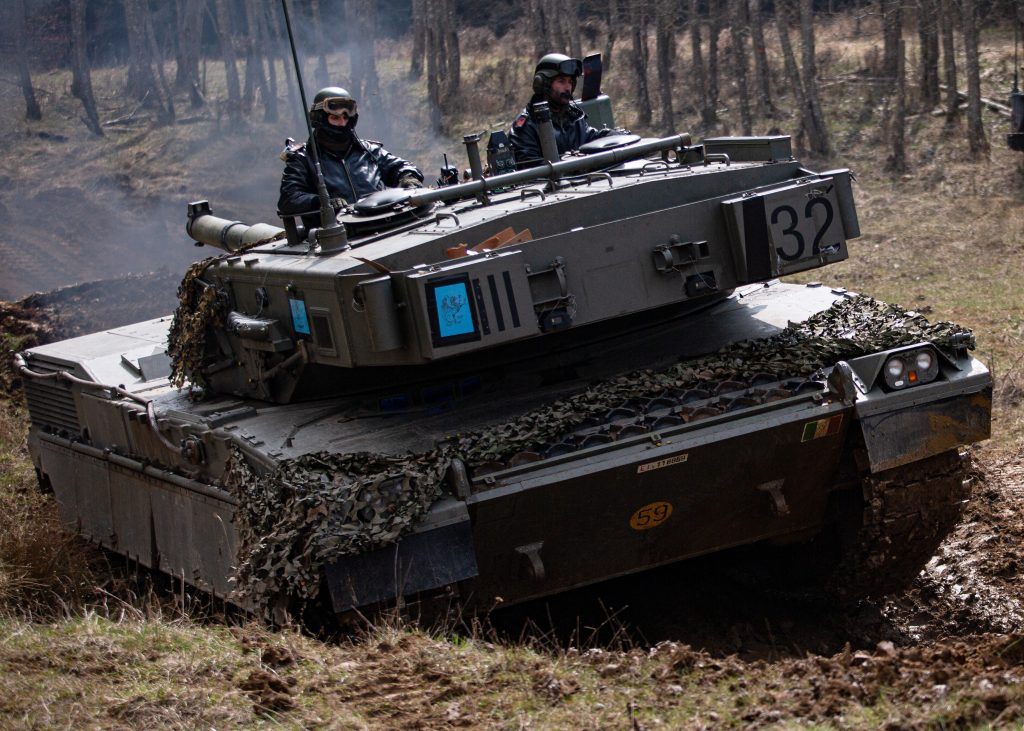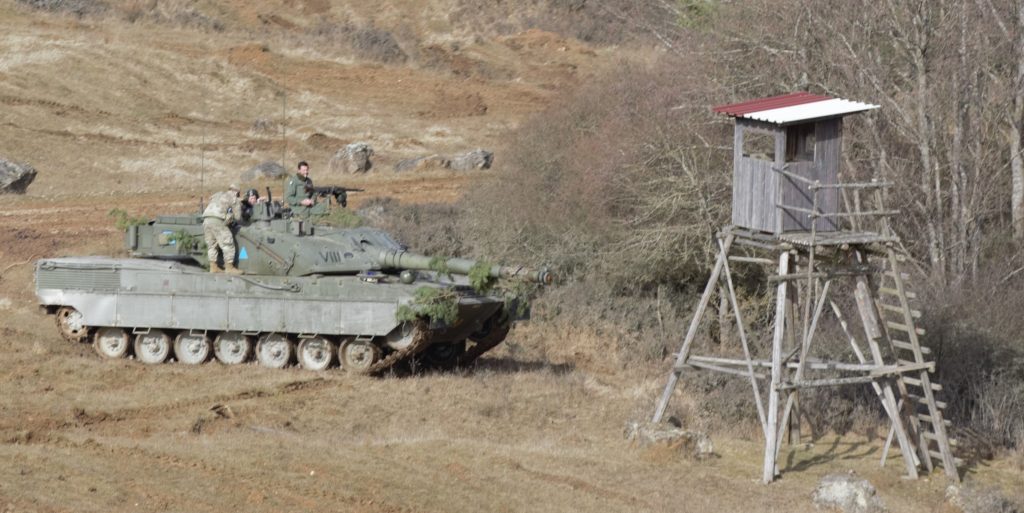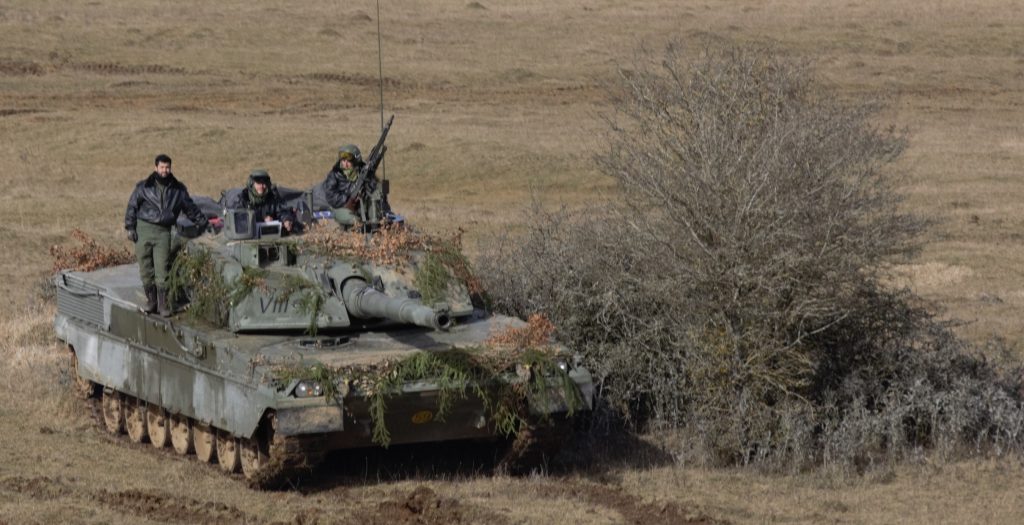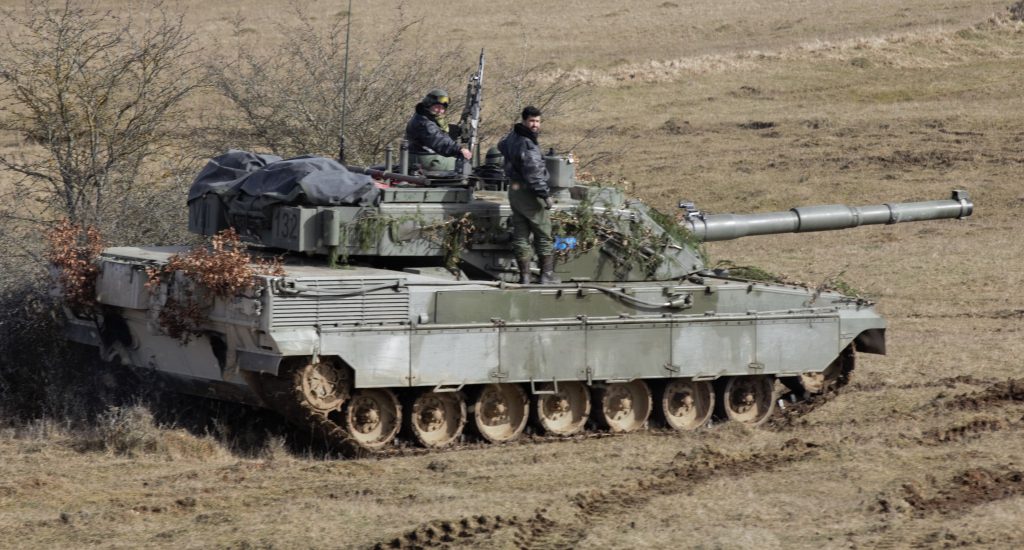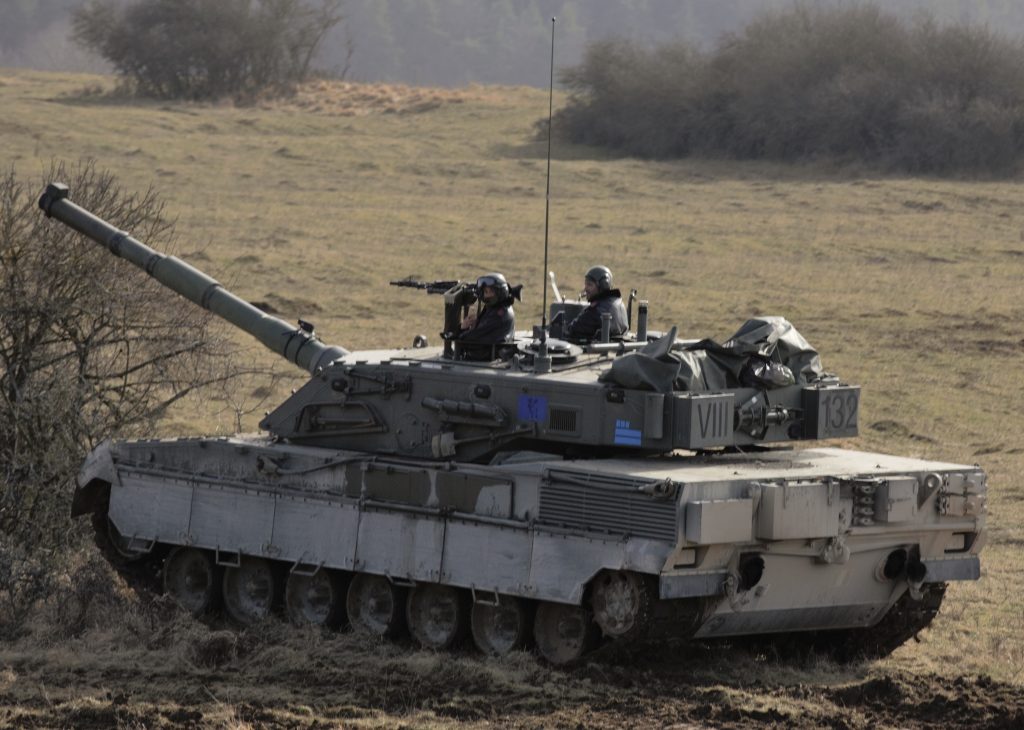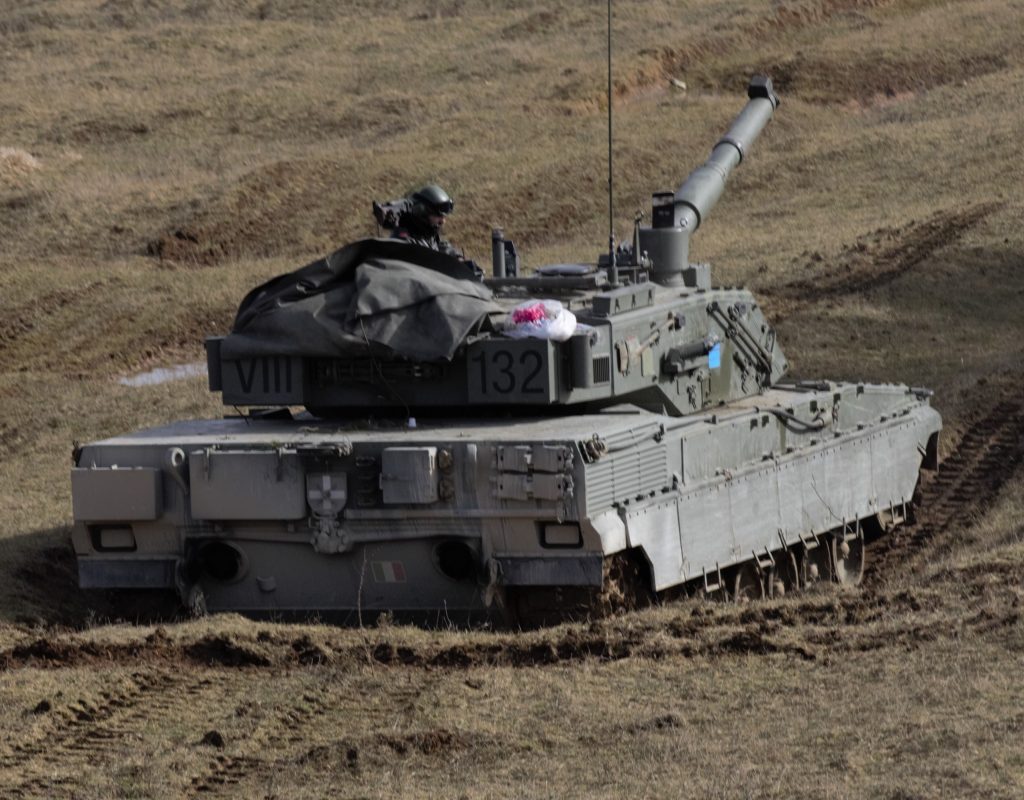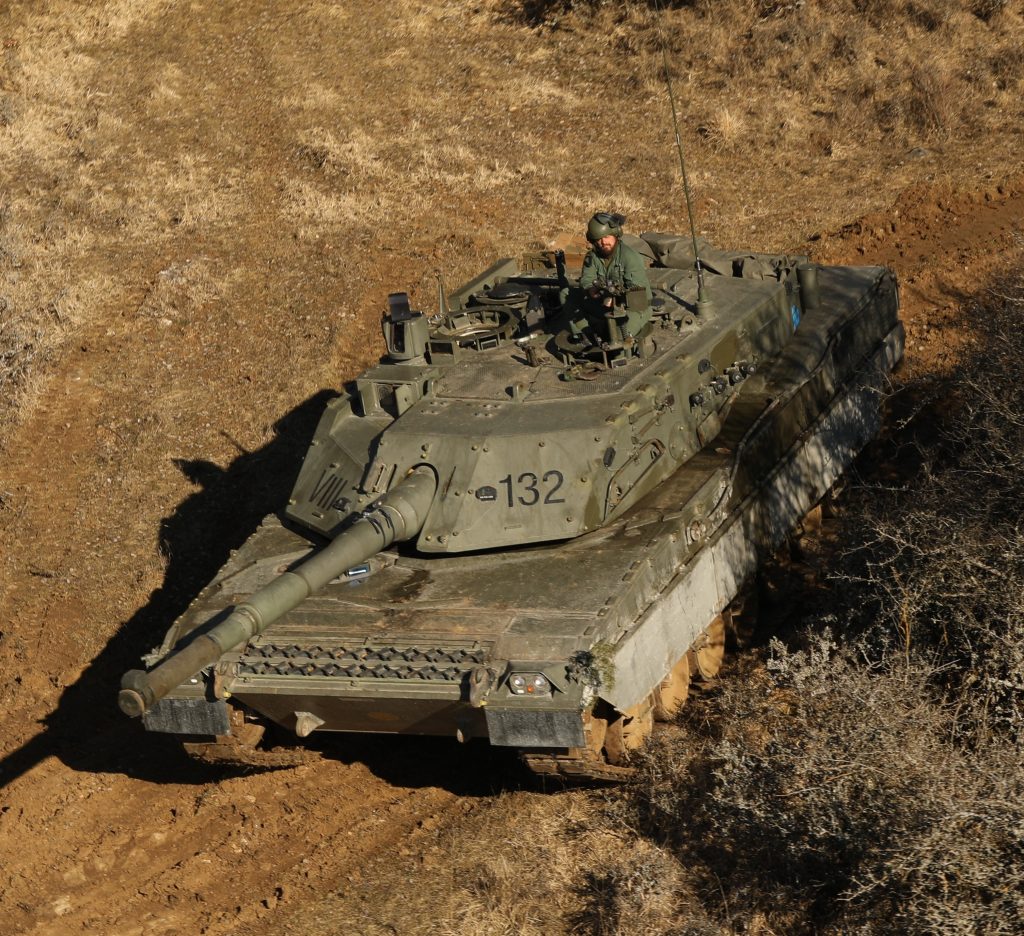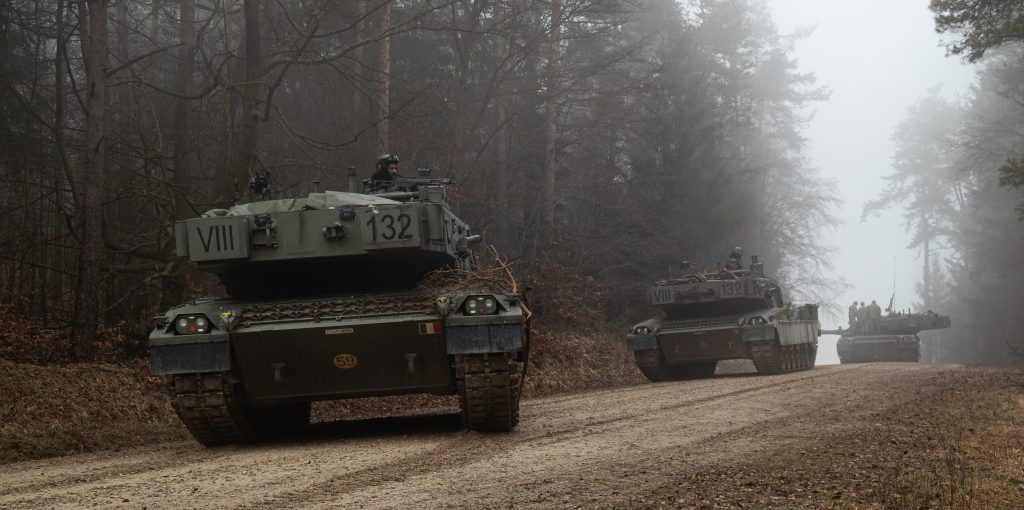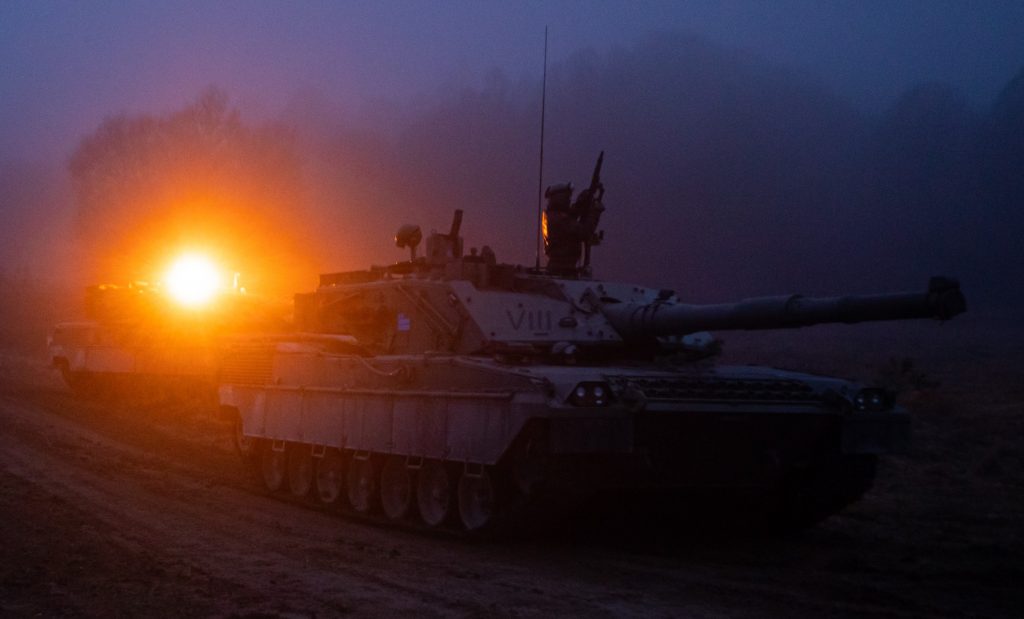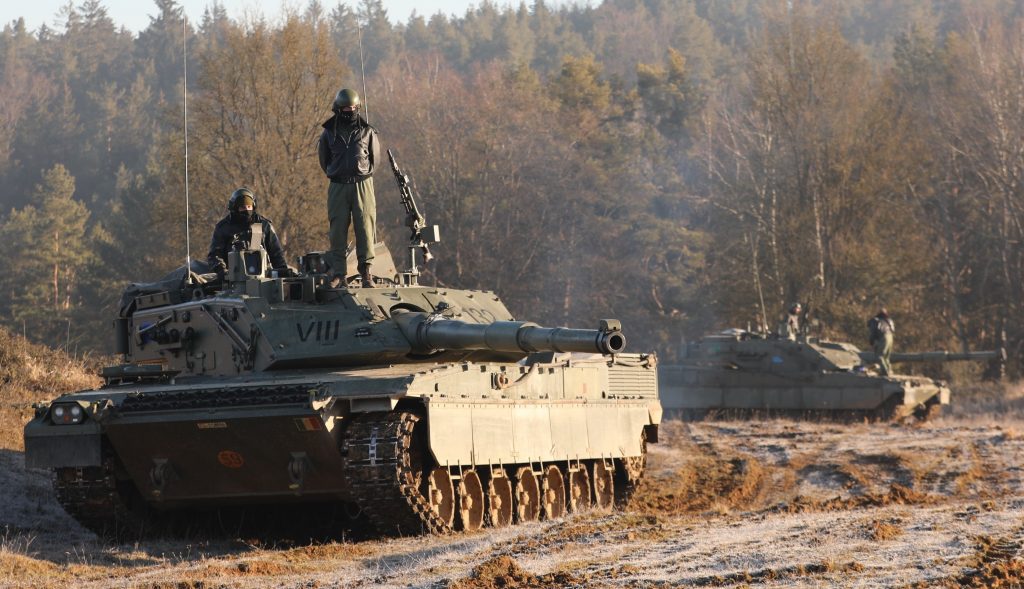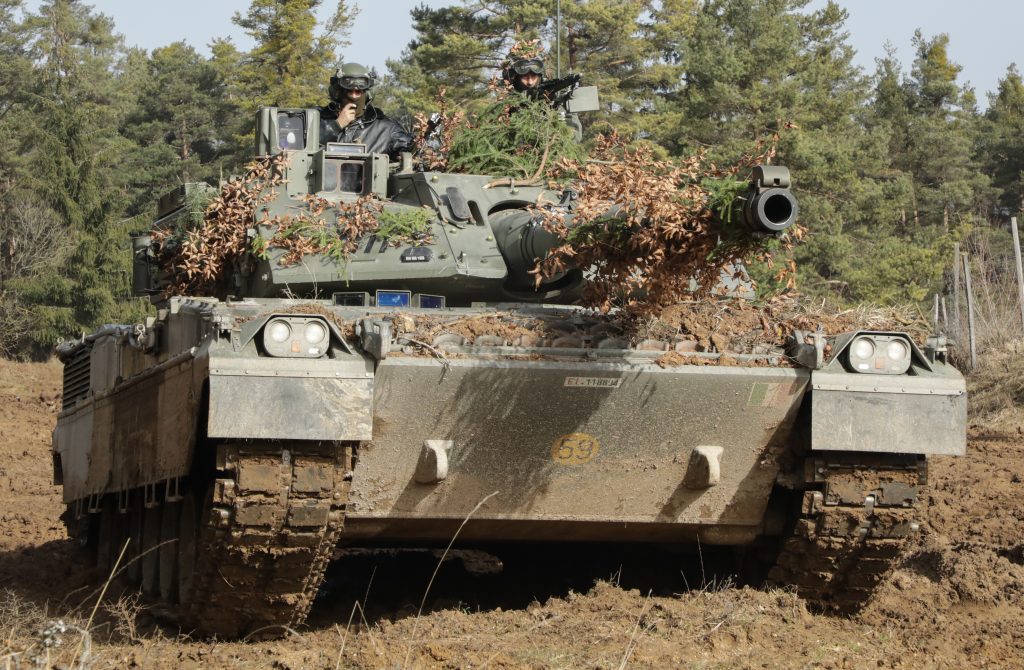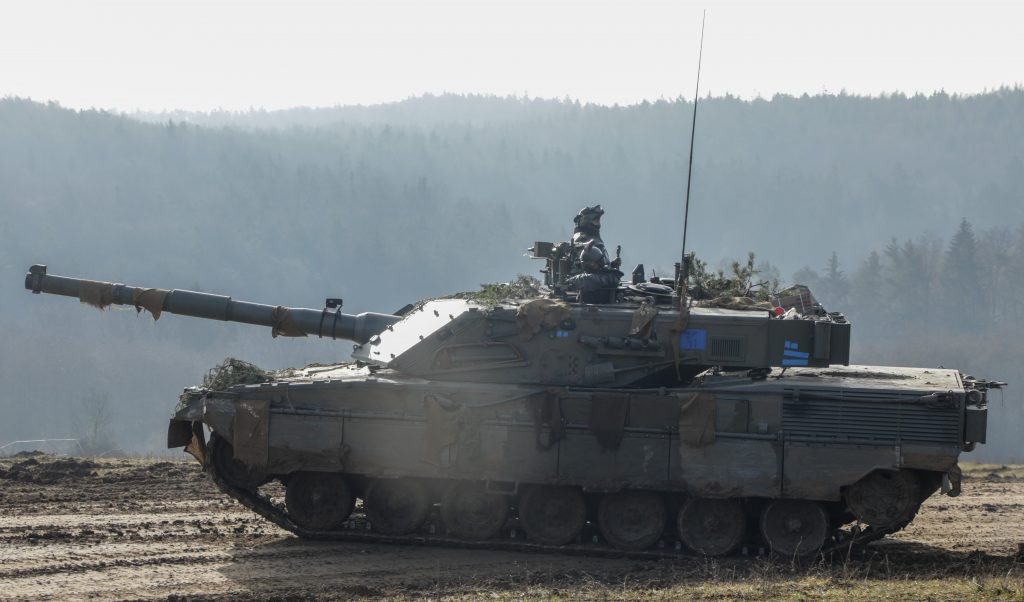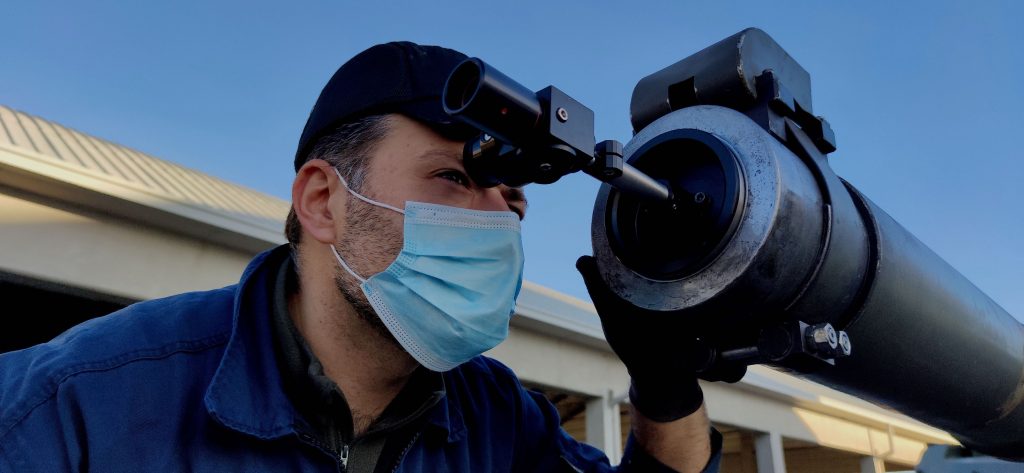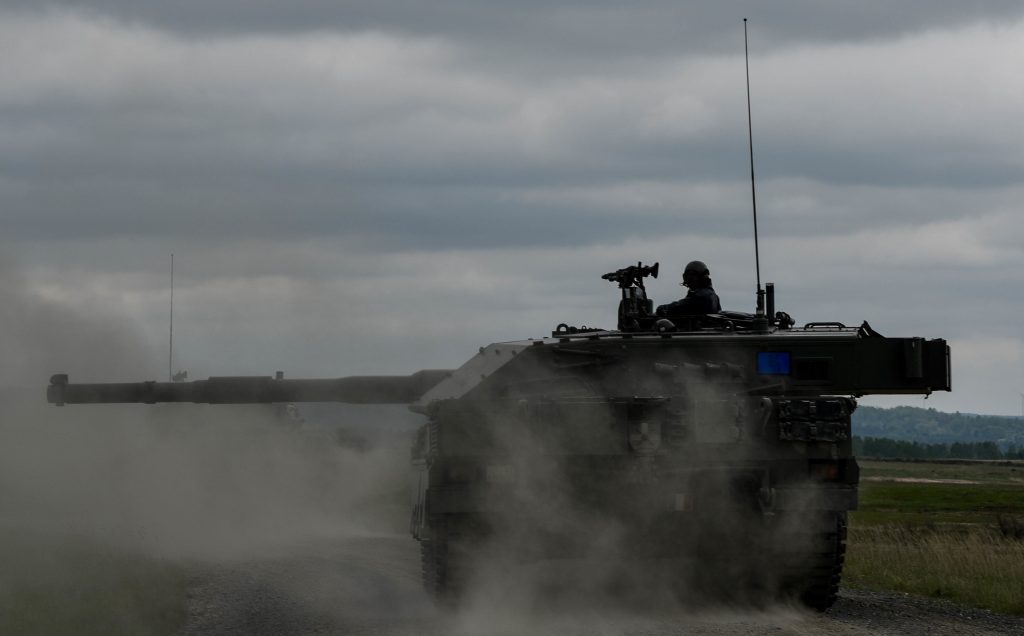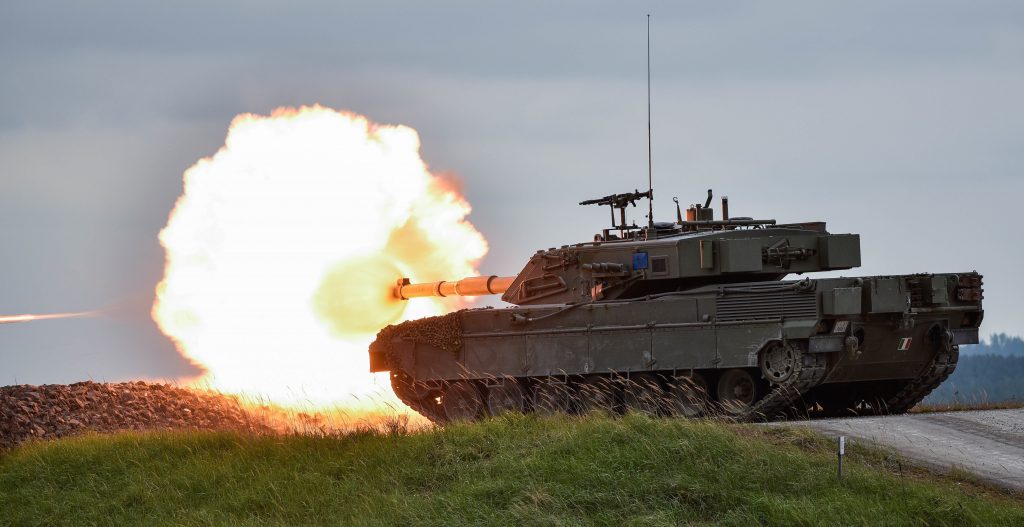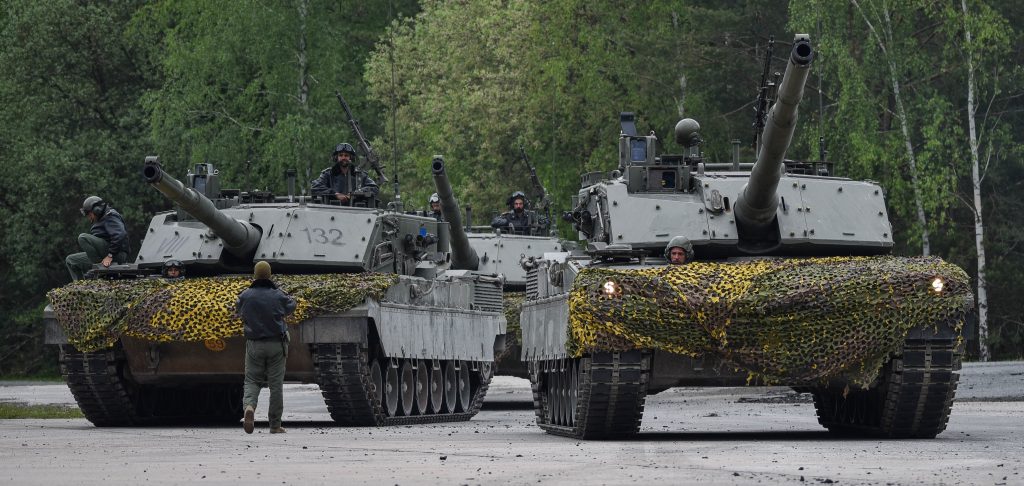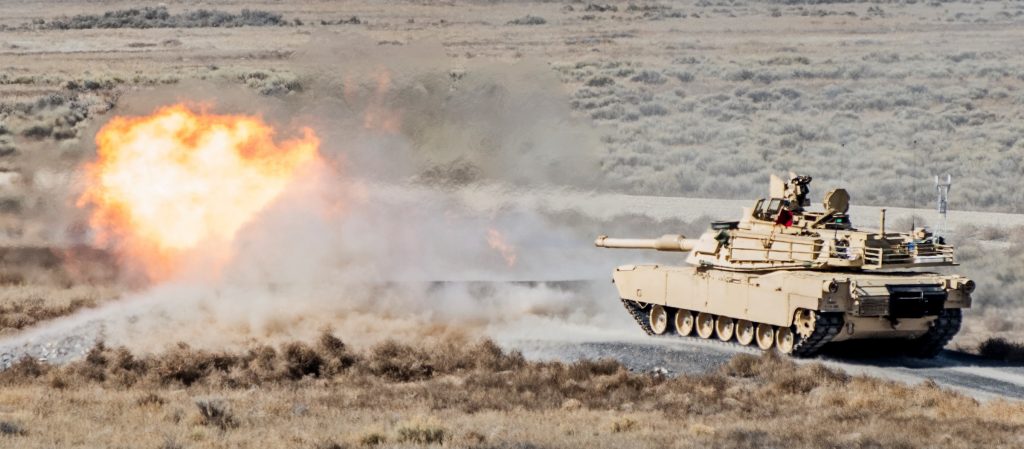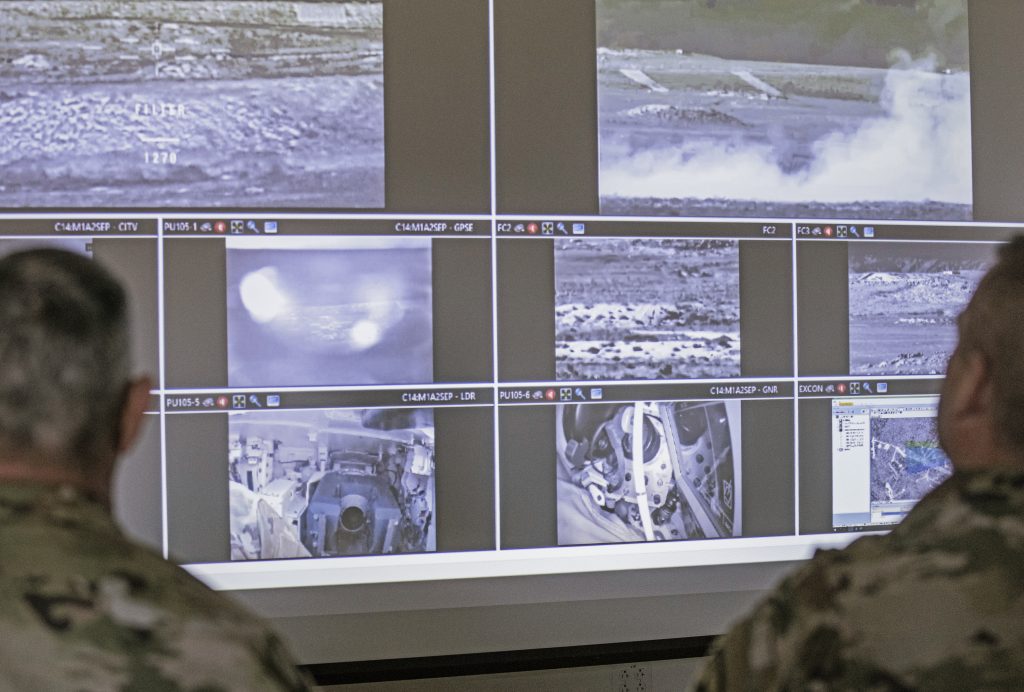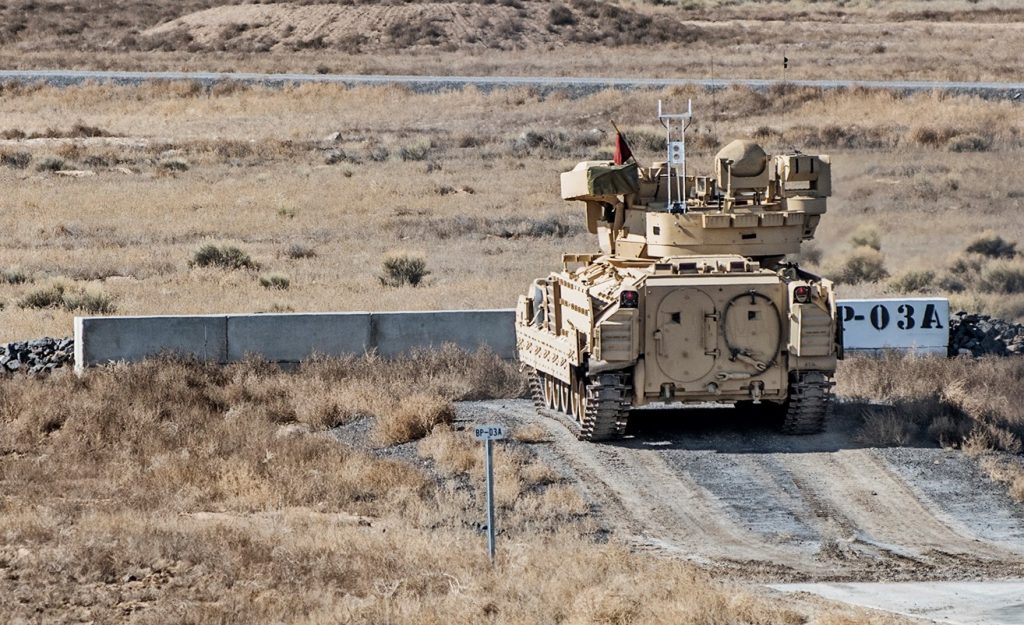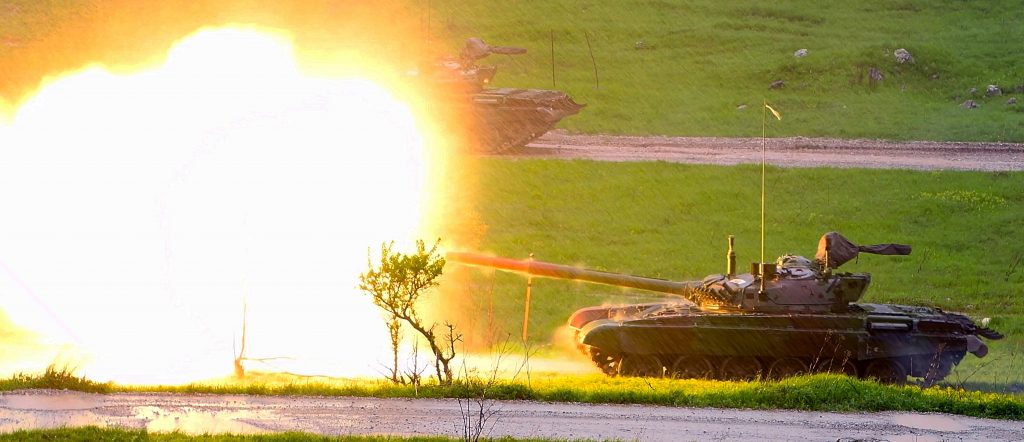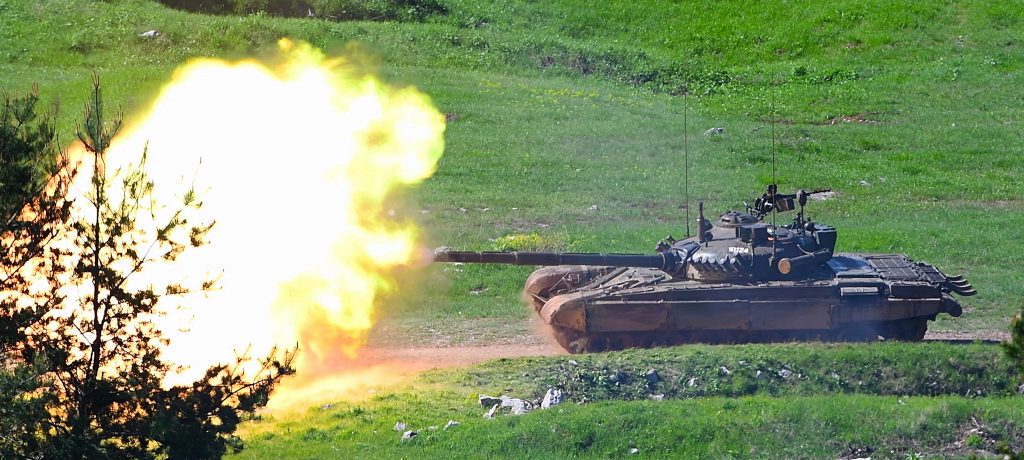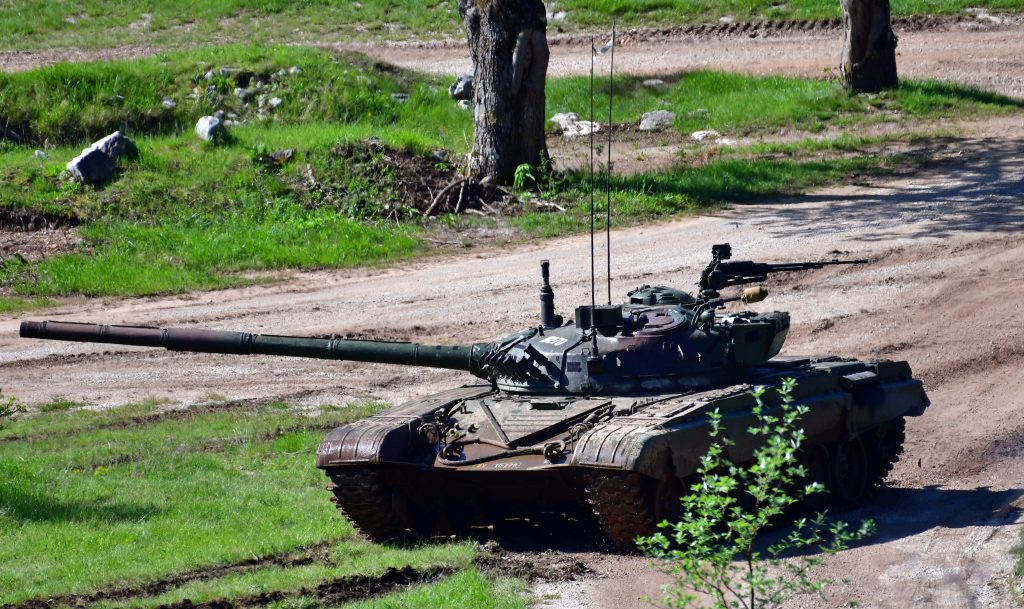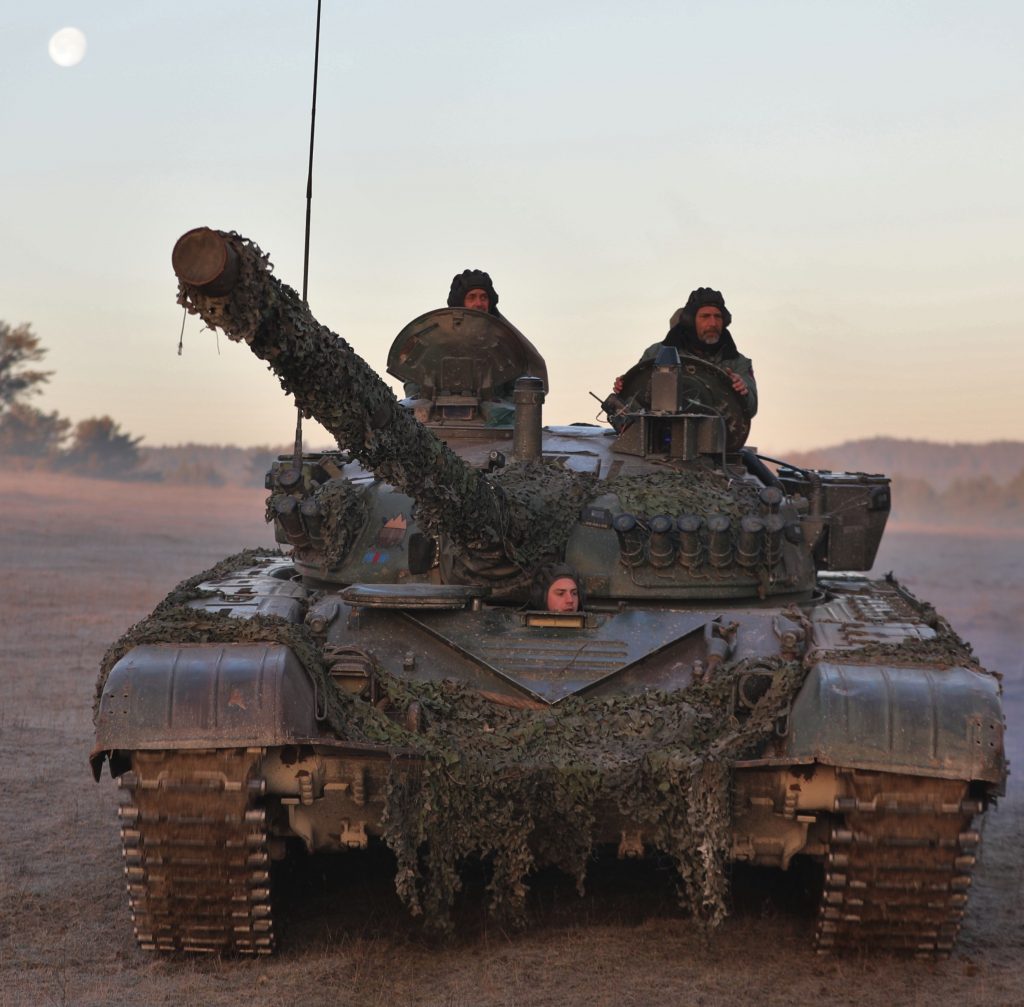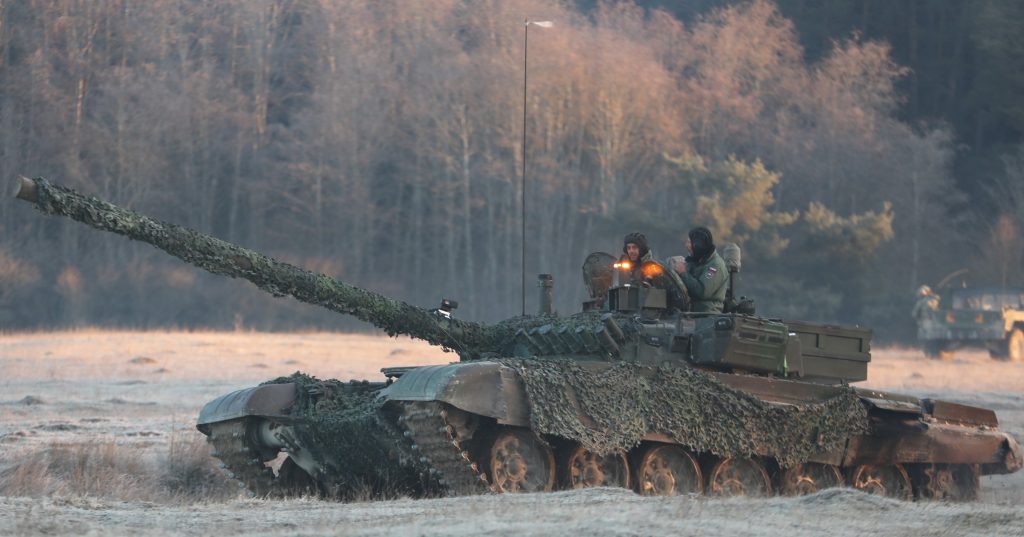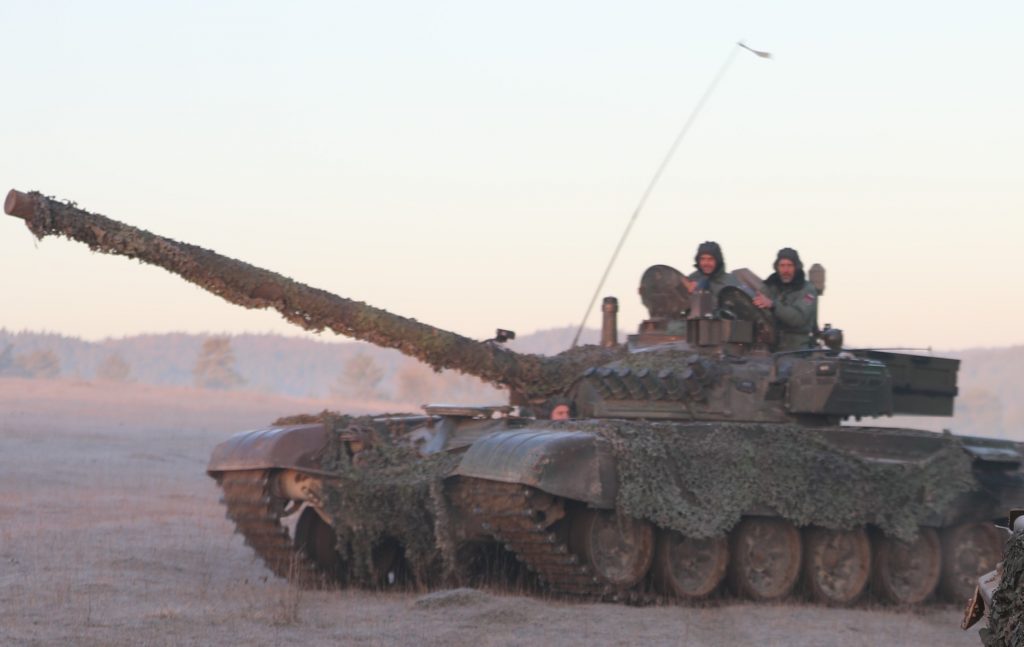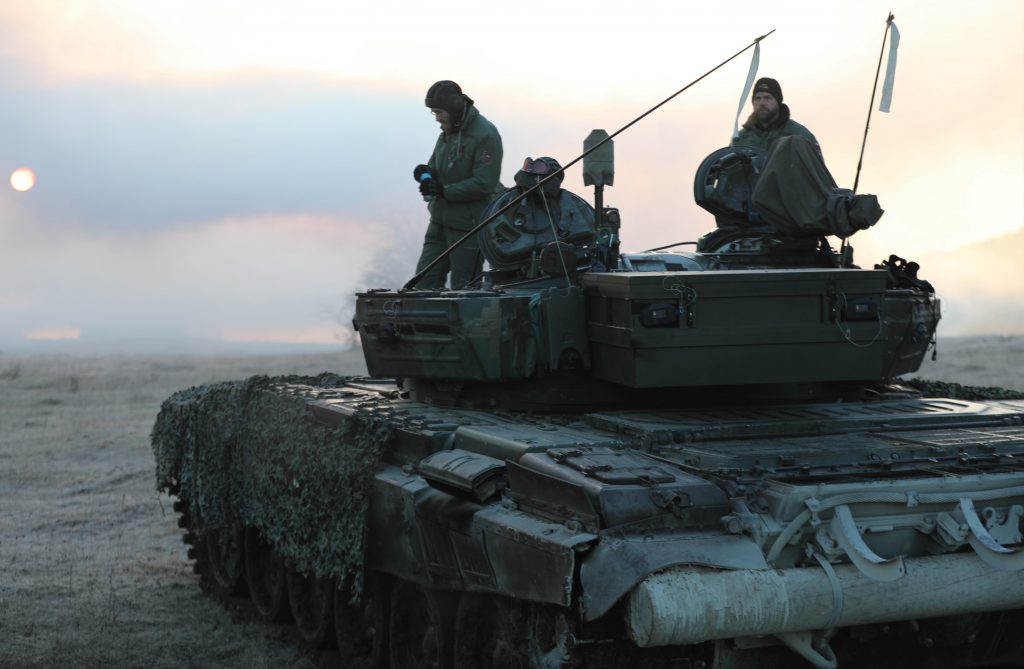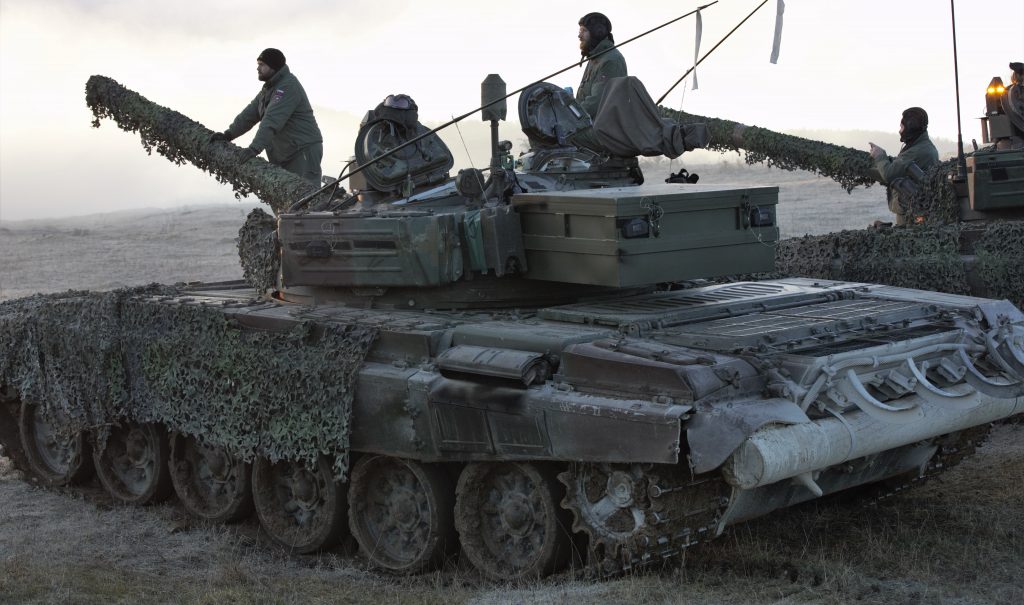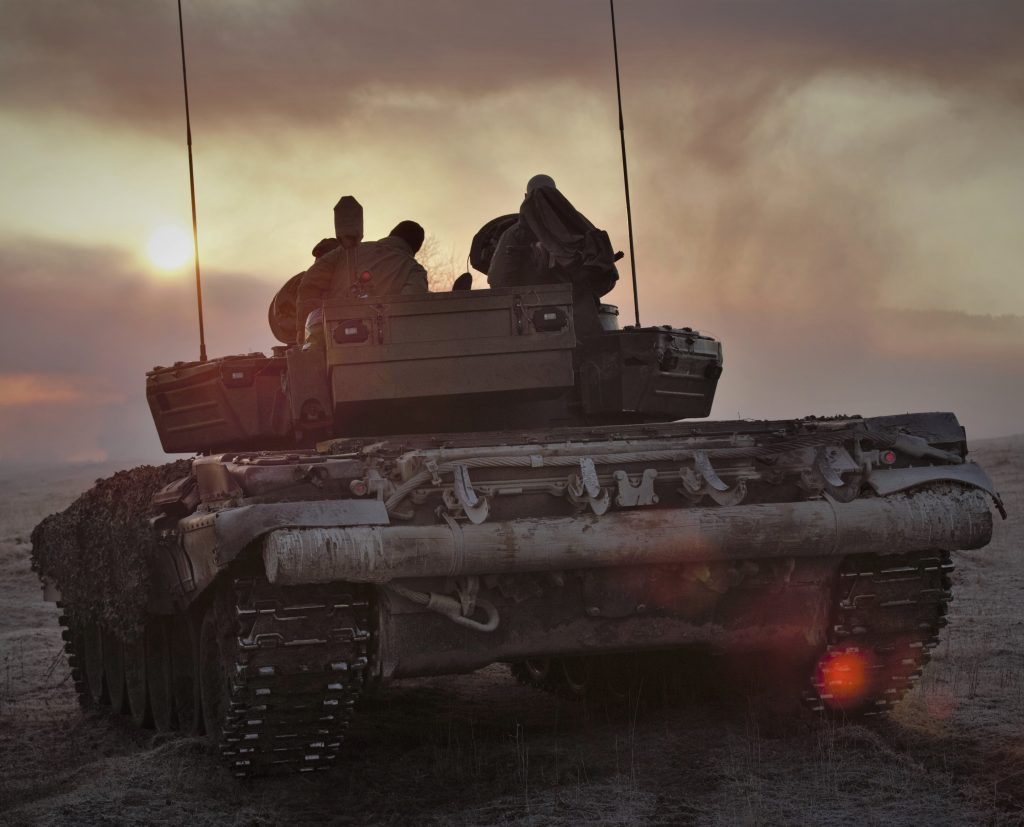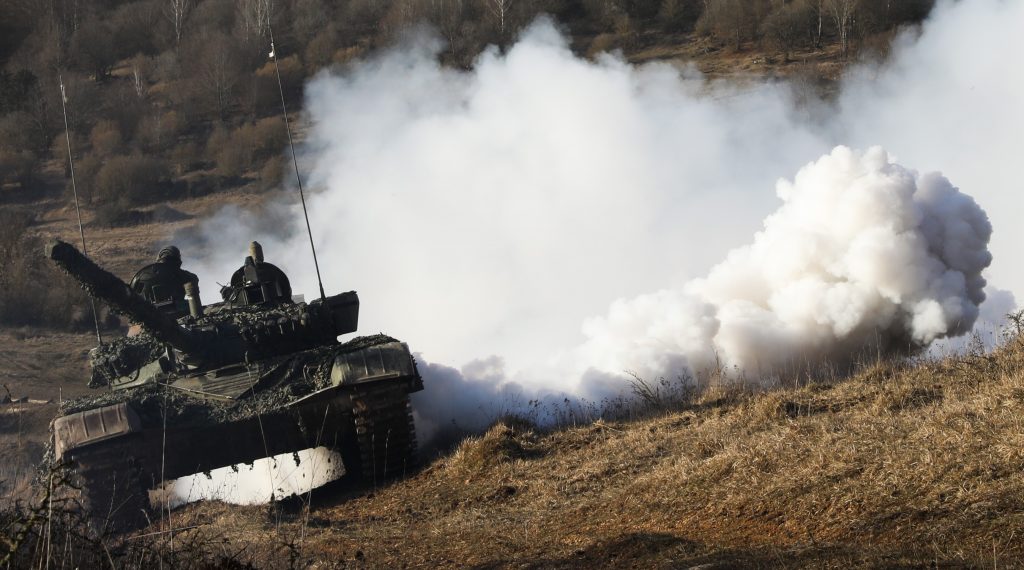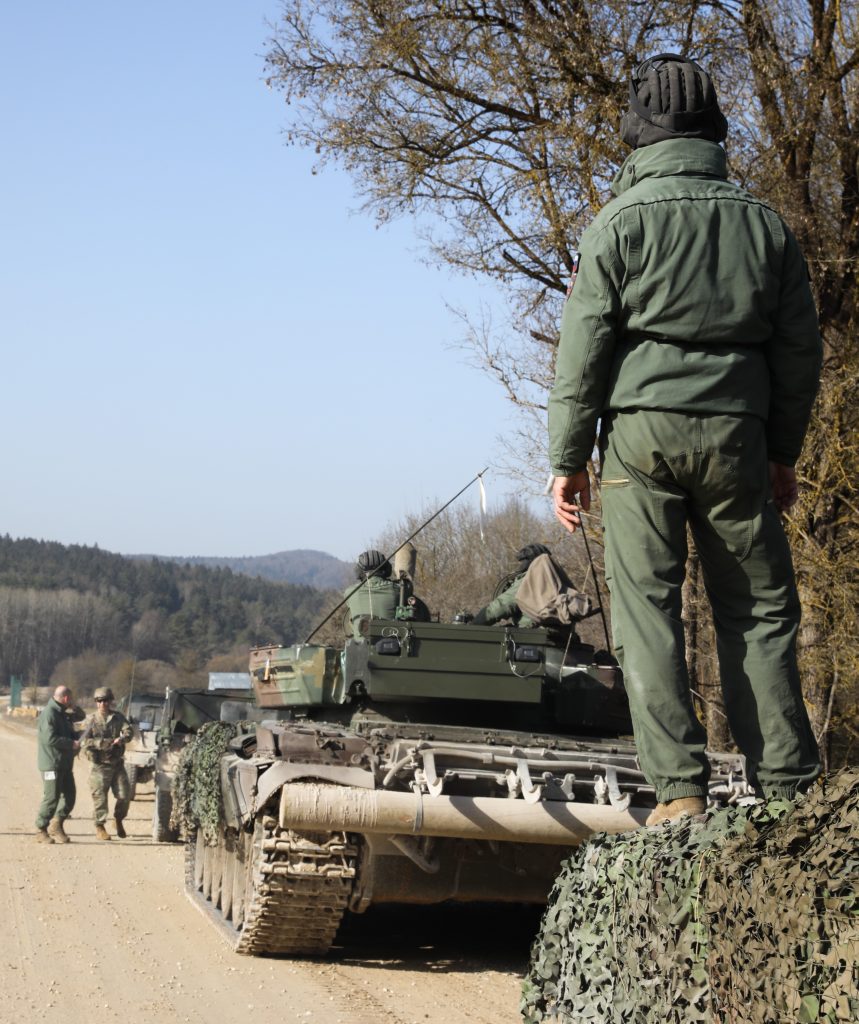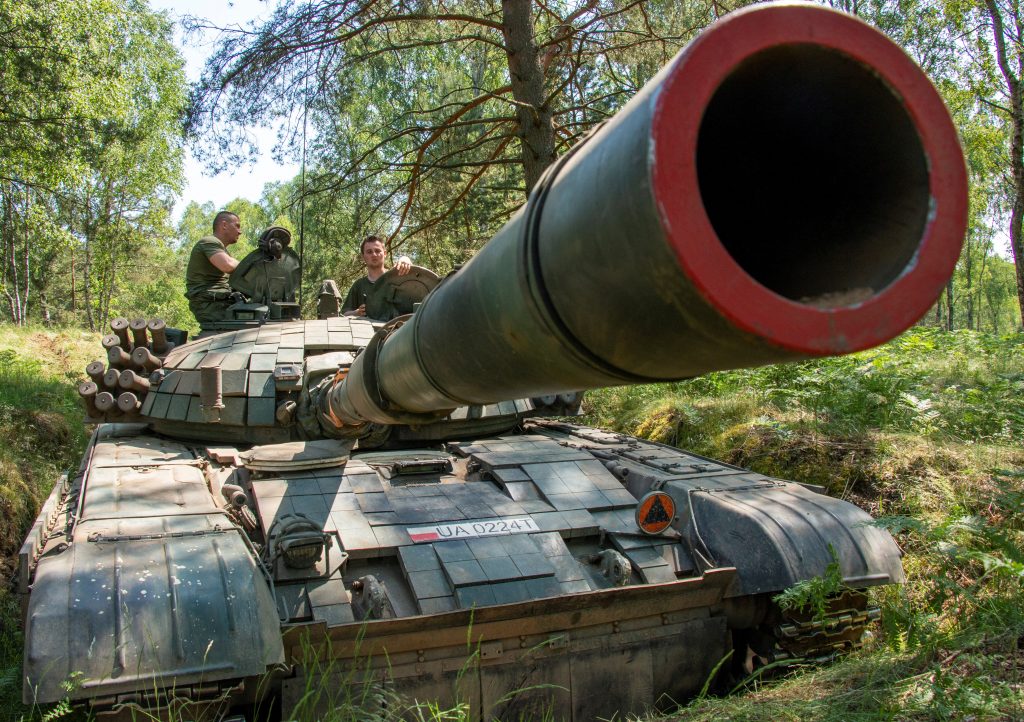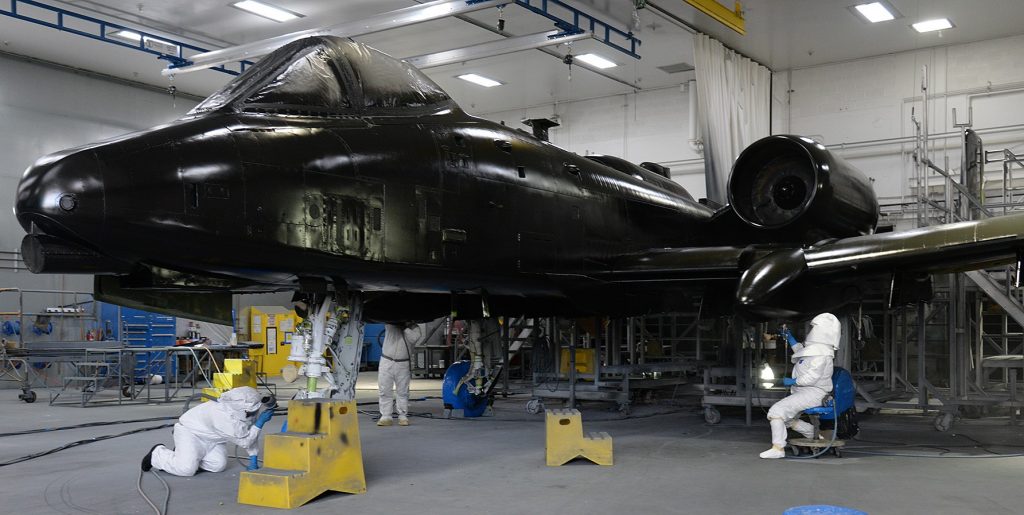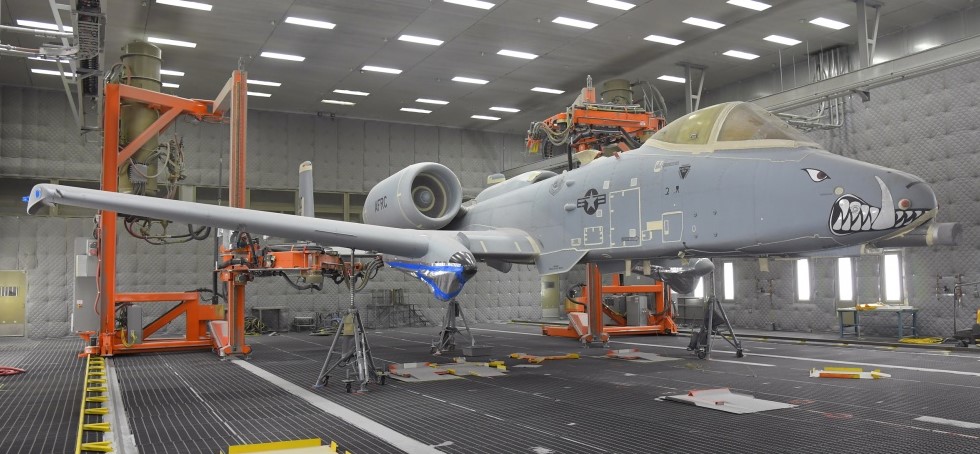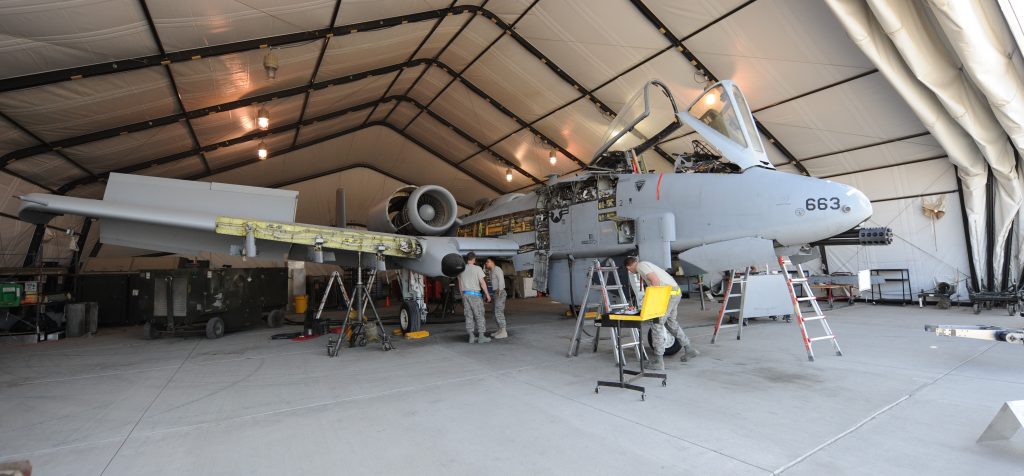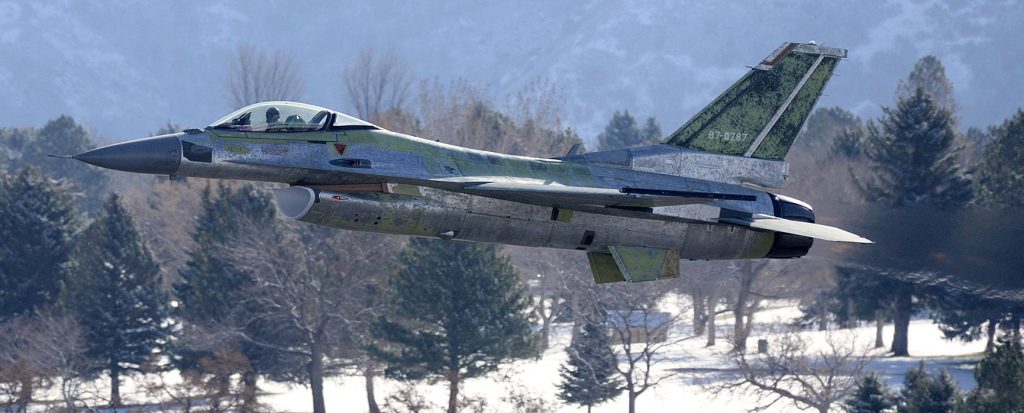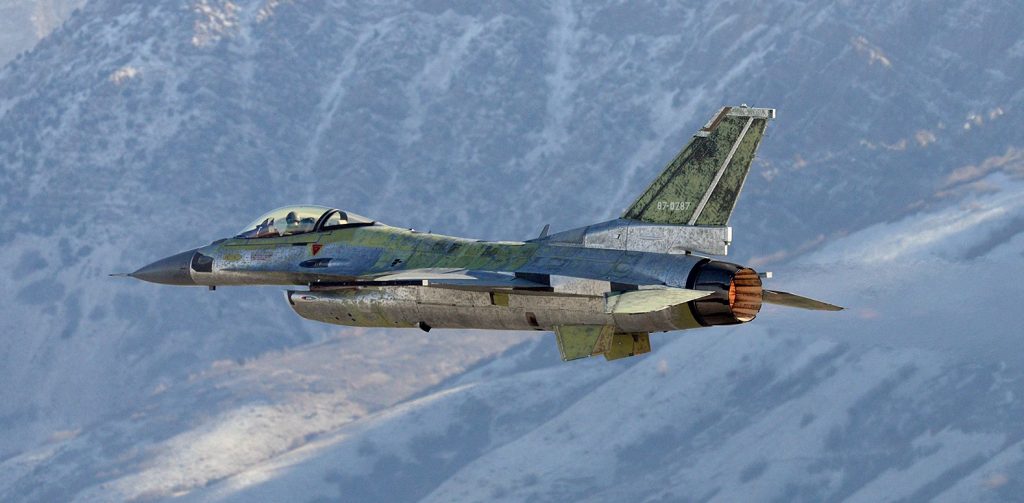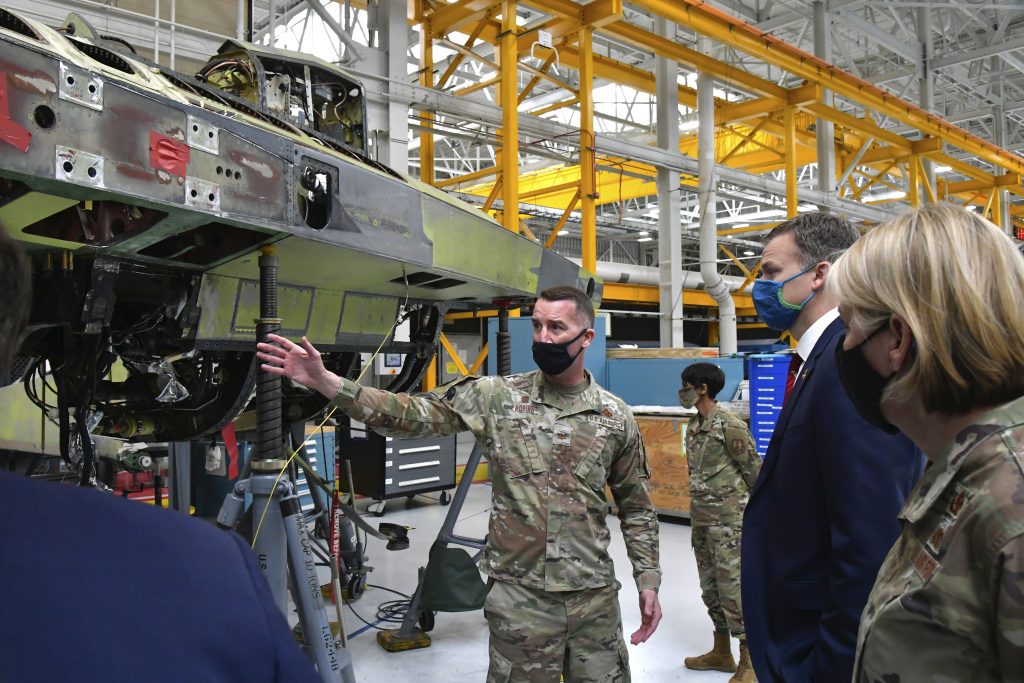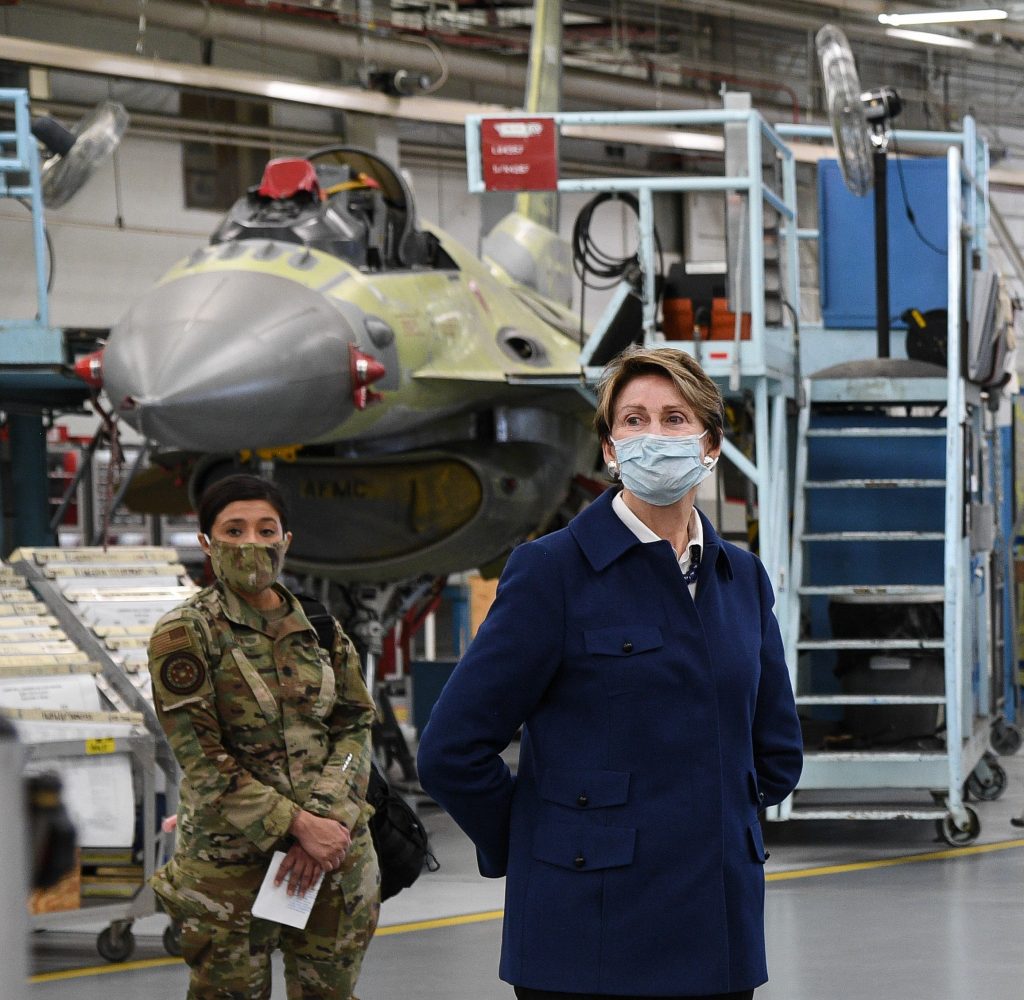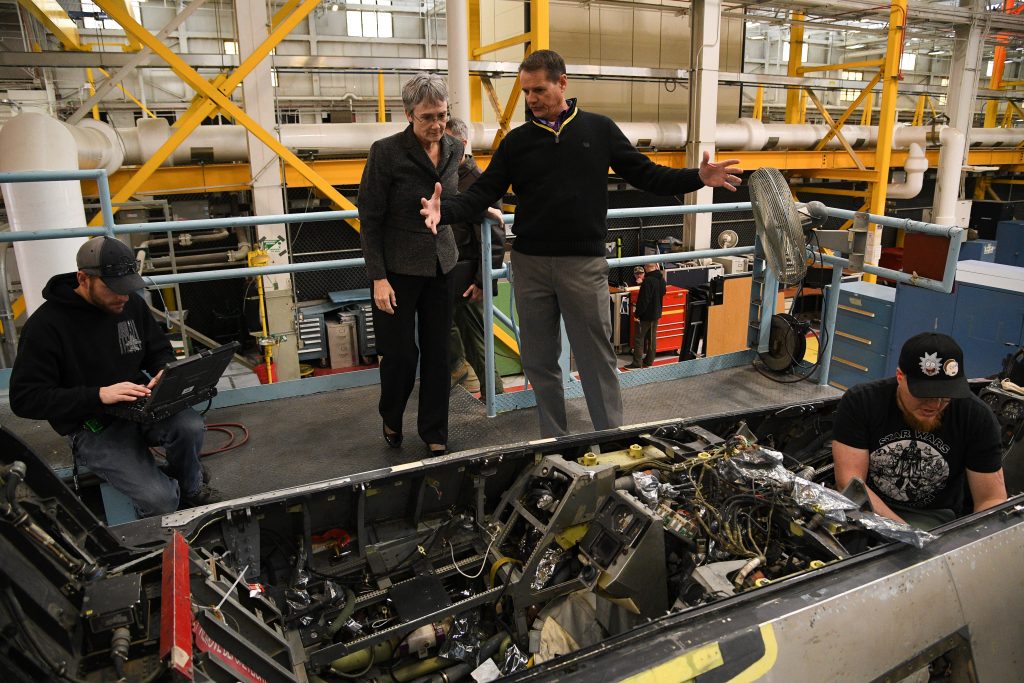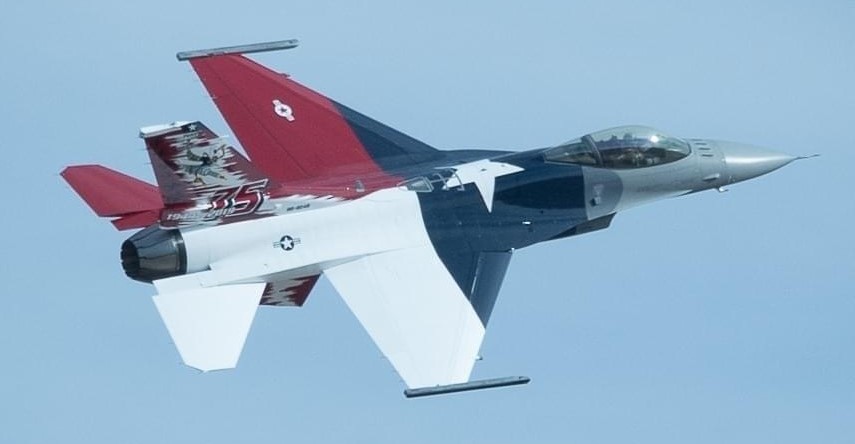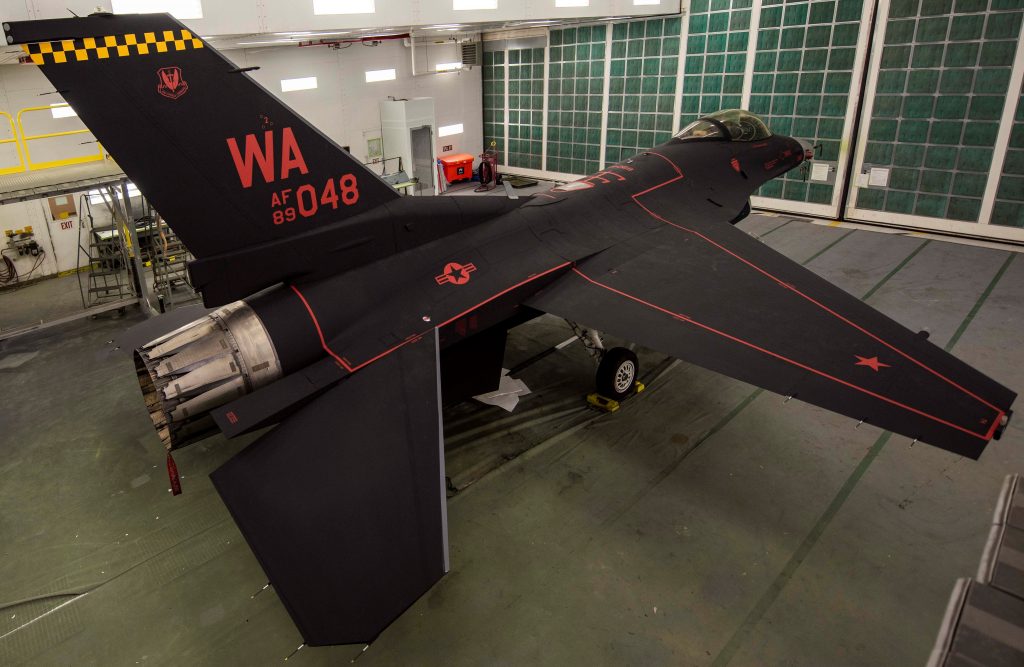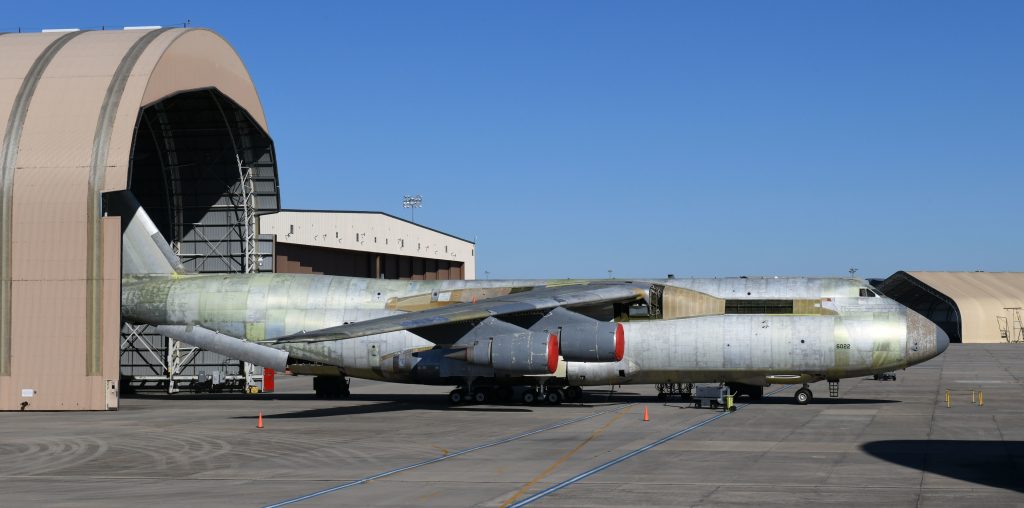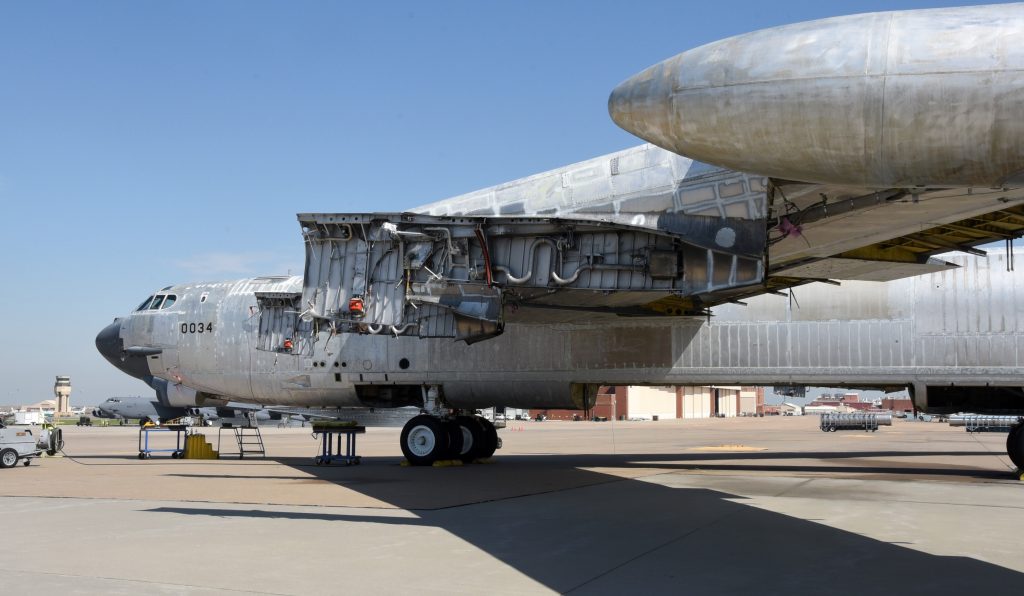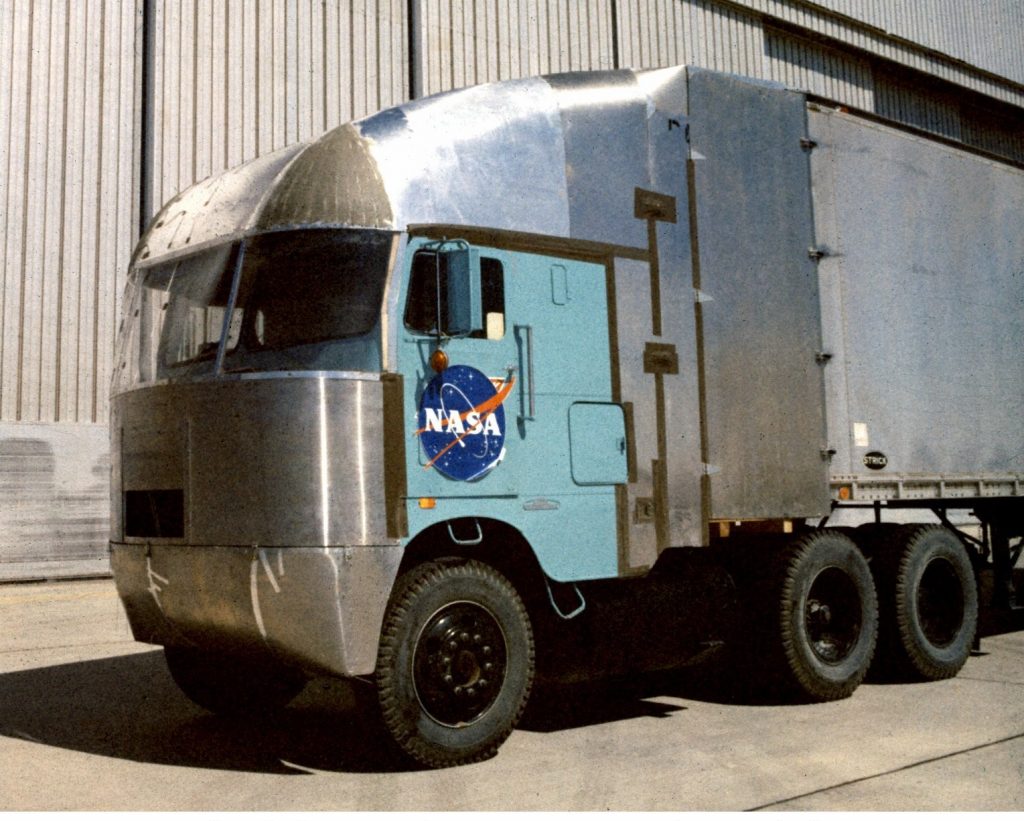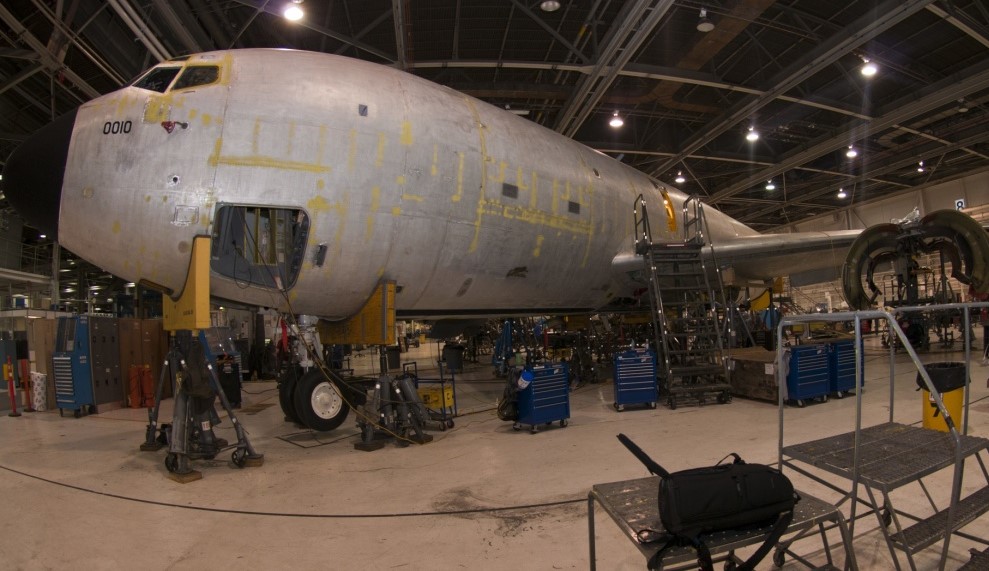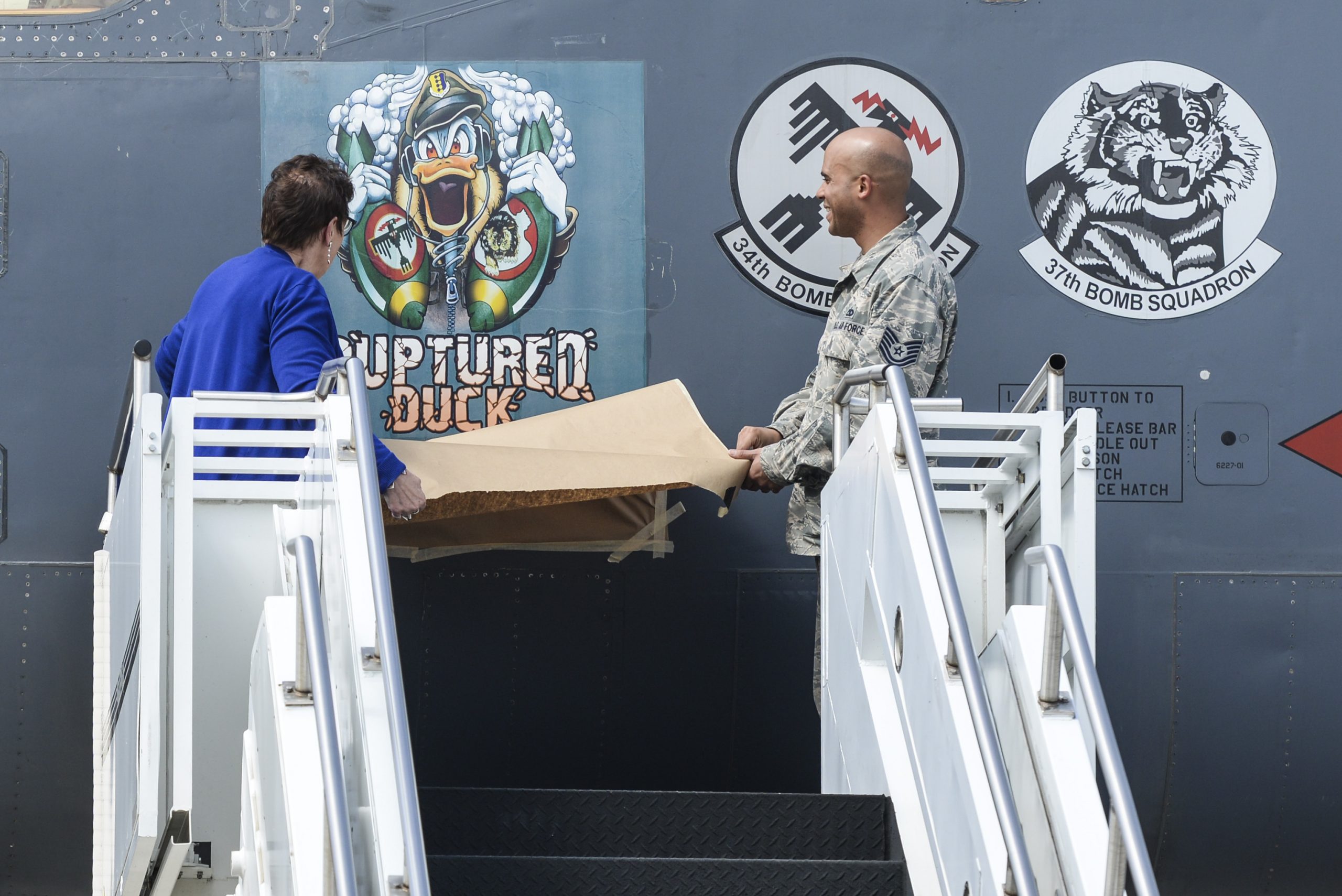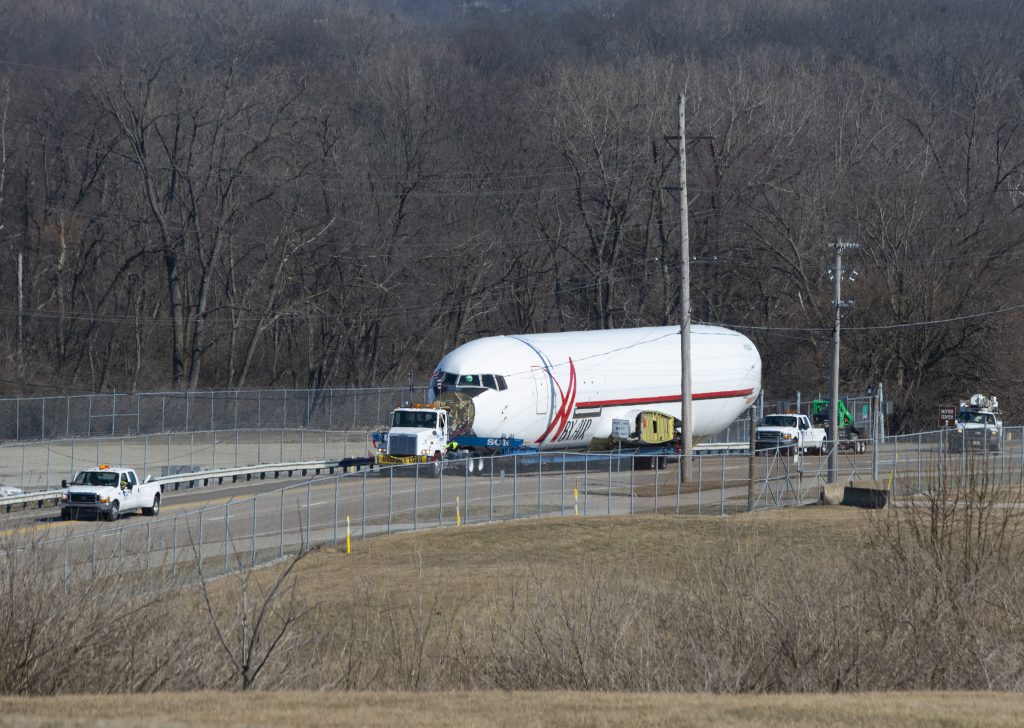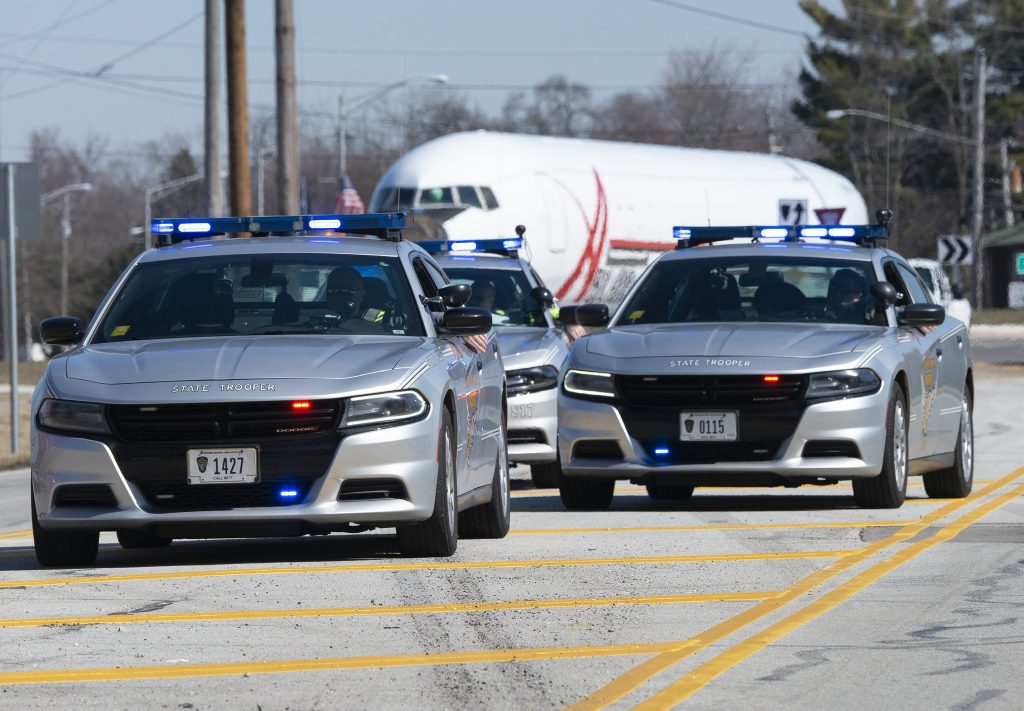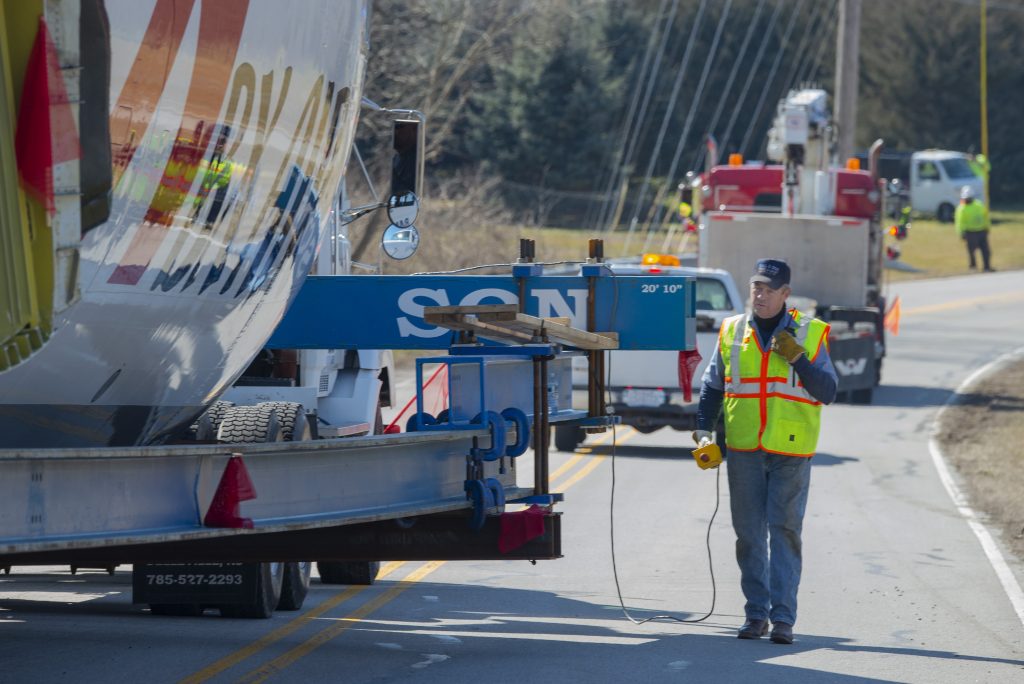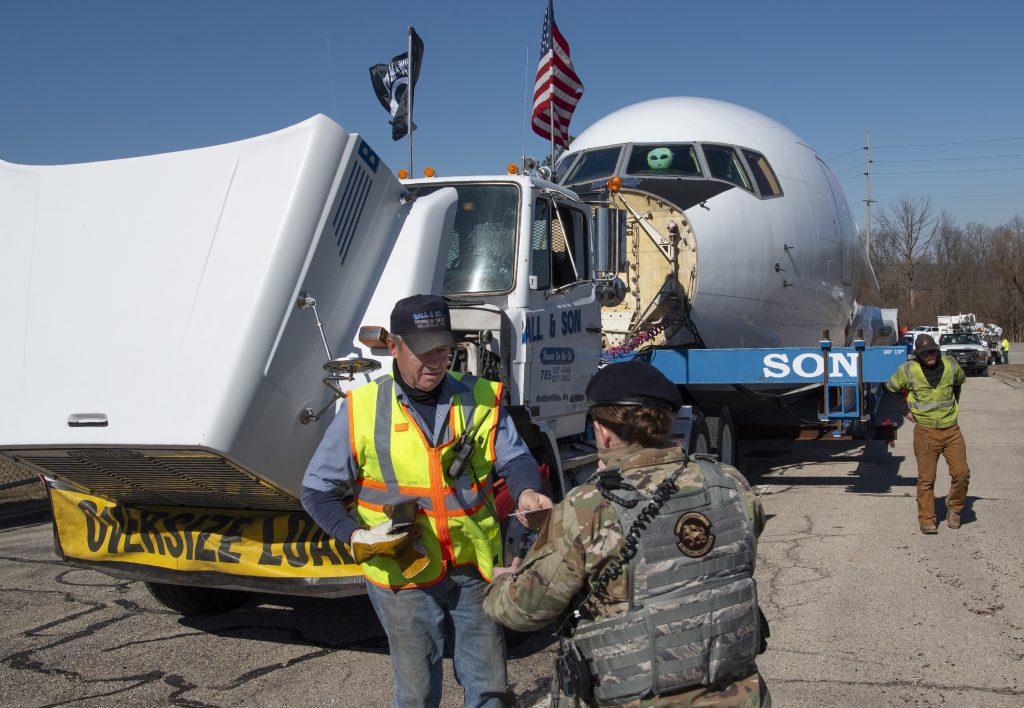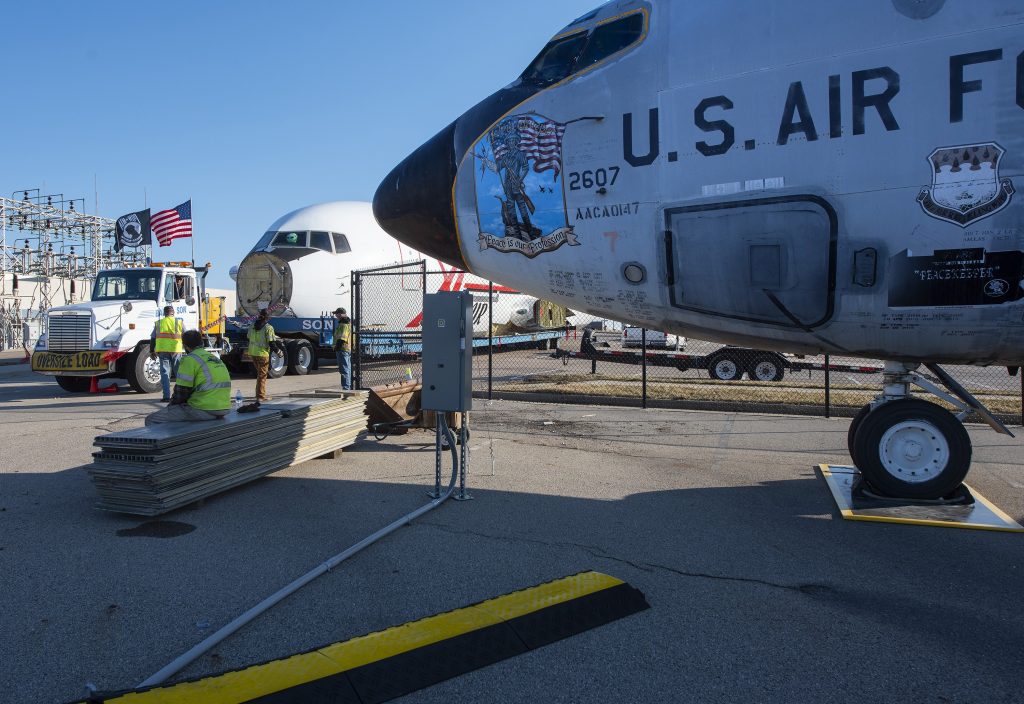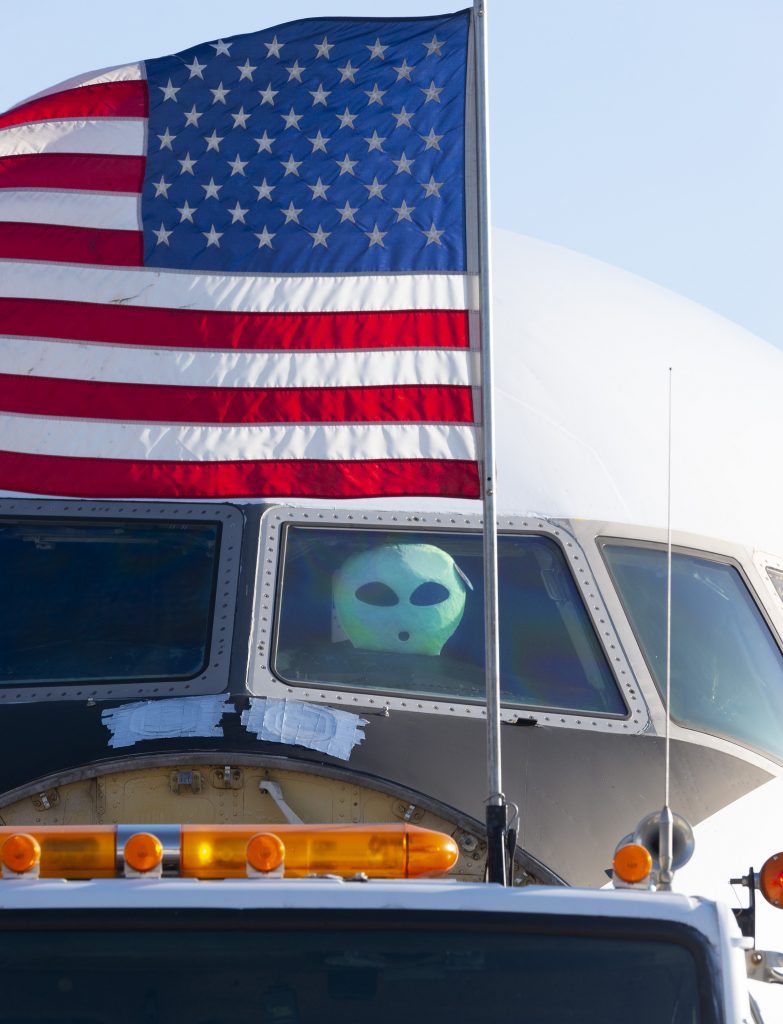“We are set up to be part of the sustainment effort for F-15 aircraft canopies. We are part of the team that does the replacement parts like the canopies, stabilizers or any of the other flight controls that keep F-15 aircraft flying.”-Alberto Garza-Mayer, 572nd Commodities Maintenance Squadron, Robins Air Force Base, Georgia, February 2021
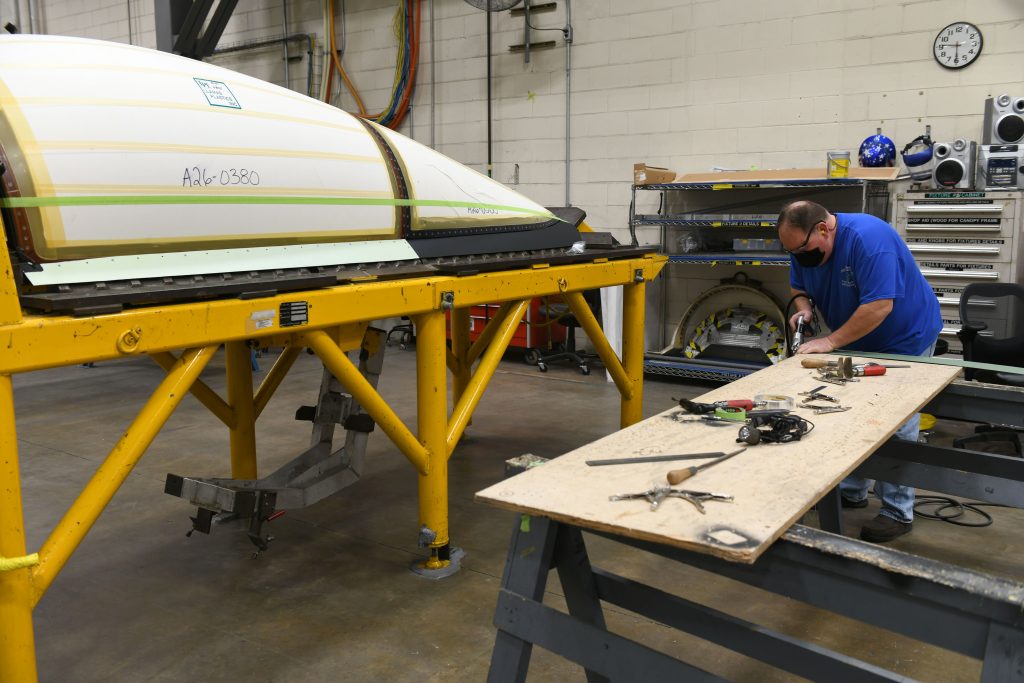
U.S. Air Force photo by Joseph Mather, 11FEB2021.
“After a while, flying during storms or other types of weather conditions, the canopy will develop hazing to a point it will not be serviceable anymore and will need to be replaced.”-Alberto Garza-Mayer, 572nd Commodities Maintenance Squadron, Robins AFB, Georgia, February 2021
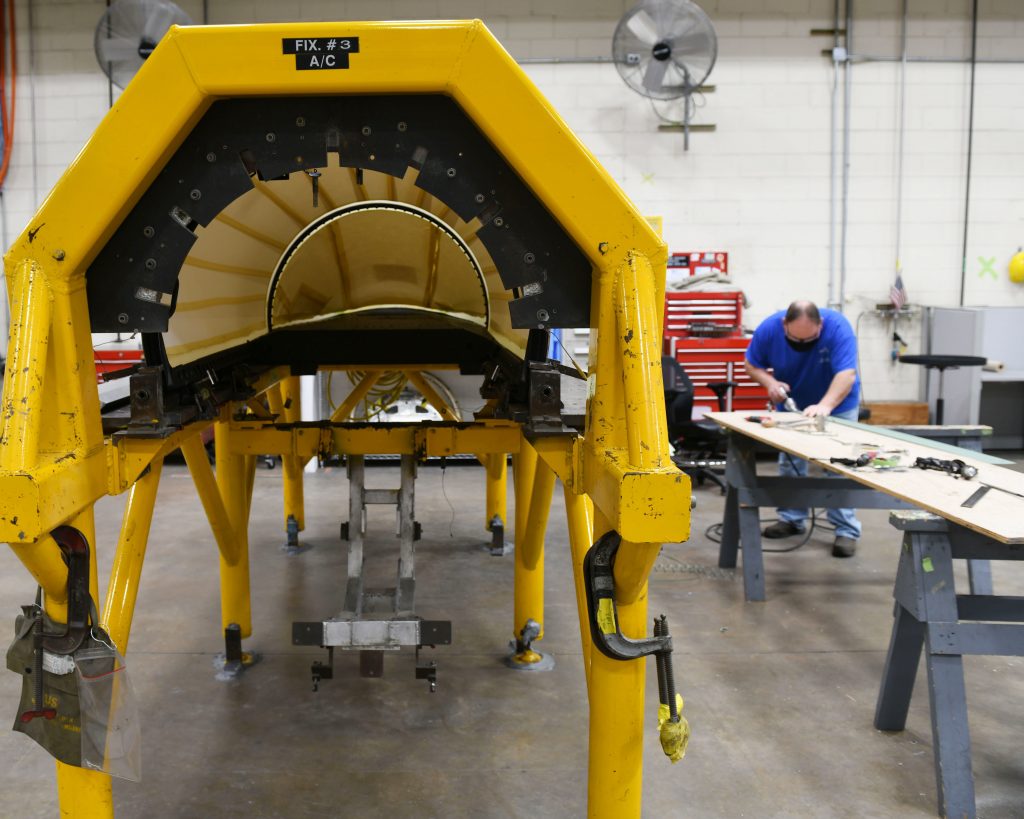
USAF photo by Joseph Mather, 11FEB2021.
“The canopies will get disassembled and de-painted. After it is disassembled, we do a frame inspection check to see if the canopy is still serviceable.” -Alberto Garza-Mayer, 572nd Commodities Maintenance Squadron, Robins AFB, Georgia, February 2021
“Once the canopy goes through its necessary repairs, it is resealed where the canopy sits onto the airframe. Then all the holes are located to drill. There are about 3-hundred fastener holes that hold the canopy to the frame. We drill the holes, then trim it to fit within technical order tolerances, make sure it fits, do a final inspection, and install it onto the frame.” -Alberto Garza-Mayer, 572nd Commodities Maintenance Squadron, Robins AFB, Georgia, February 2021
“Last year, we averaged six or seven canopies a month, so we were in the 80-plus canopies completion range. This year, the numbers have been lowered, so we have been doing around four canopies a month.” -Alberto Garza-Mayer, 572nd Commodities Maintenance Squadron, Robins AFB, Georgia, February 2021
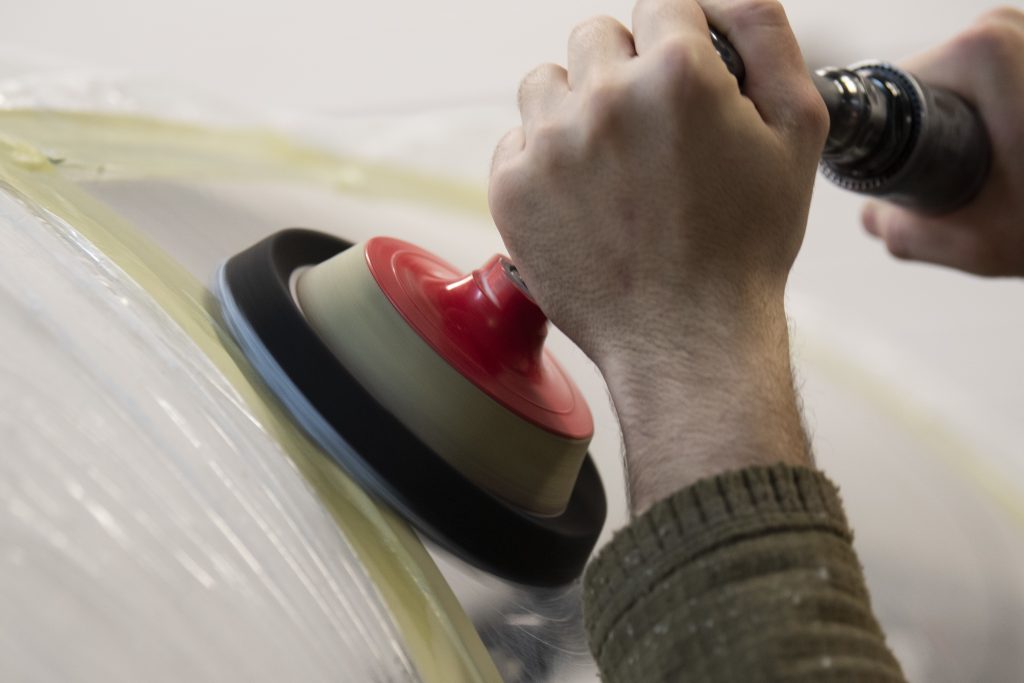
USAF photo by Airman First Class Anthony Clingerman, 18NOV2020.
At Royal Air Force Lakenheath, England, November 2020, 48th Equipment Maintenance Squadron performed maintenance on a F-15 canopy.

USAF photo by Airman First Class Anthony Clingerman, 18NOV2020.
This included buffing-out the canopy.
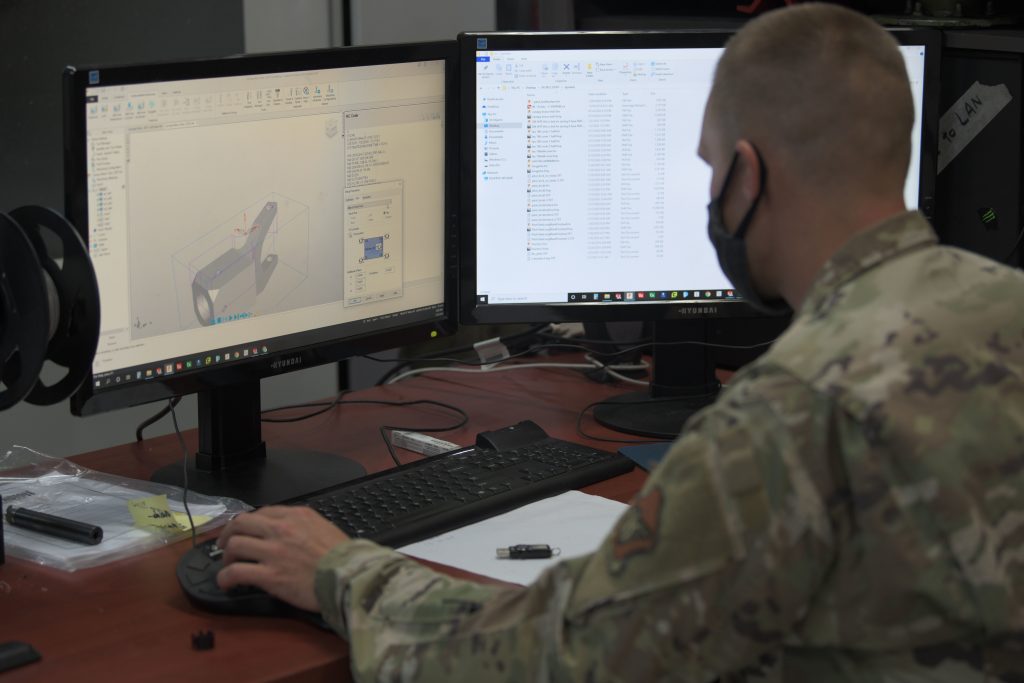
USAF photo by Airman First Class Rebeckah Medeiros, 23JUL2020.
Back in July 2020, 18th Equipment Maintenance Squadron personnel at Kadena Air Base (AB), in Japan, were building their own F-15C canopy braces.
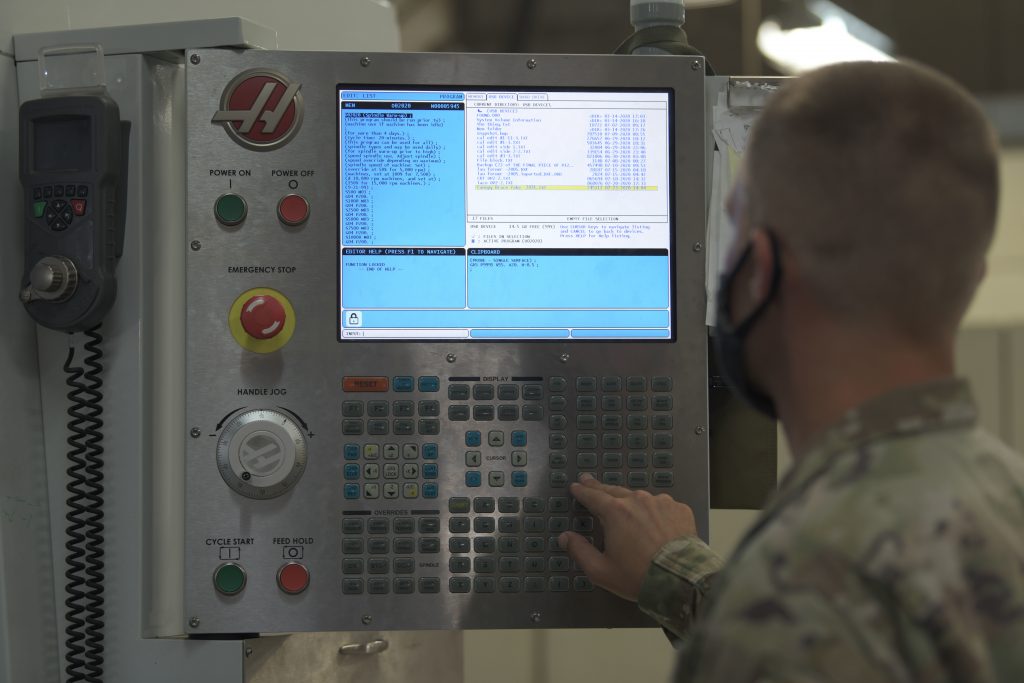
USAF photo by Airman First Class Rebeckah Medeiros, 23JUL2020.
This involved using Computer Numeric Controlled (CNC) program to shape aluminum stock.
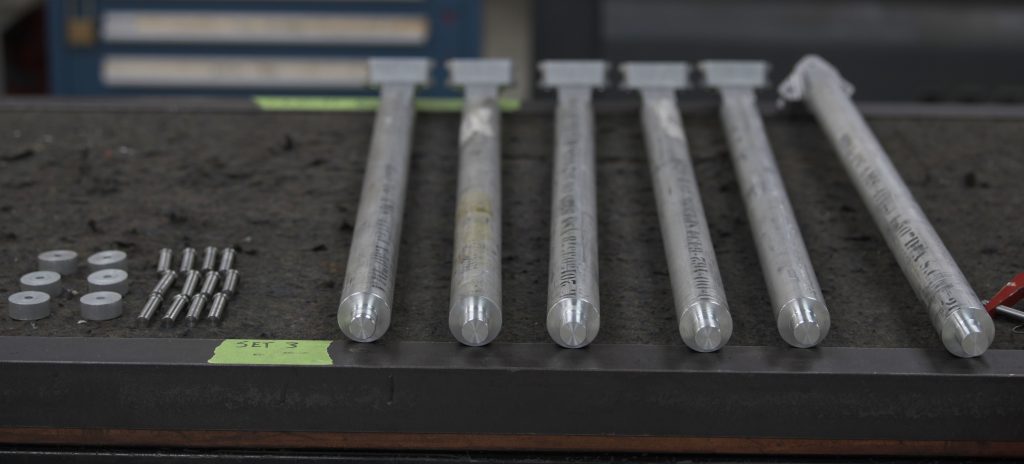
USAF photo by Airman First Class Rebeckah Medeiros, 23JUL2020.
The aluminum braces are necessary to prevent warpage of the F-15 canopy.
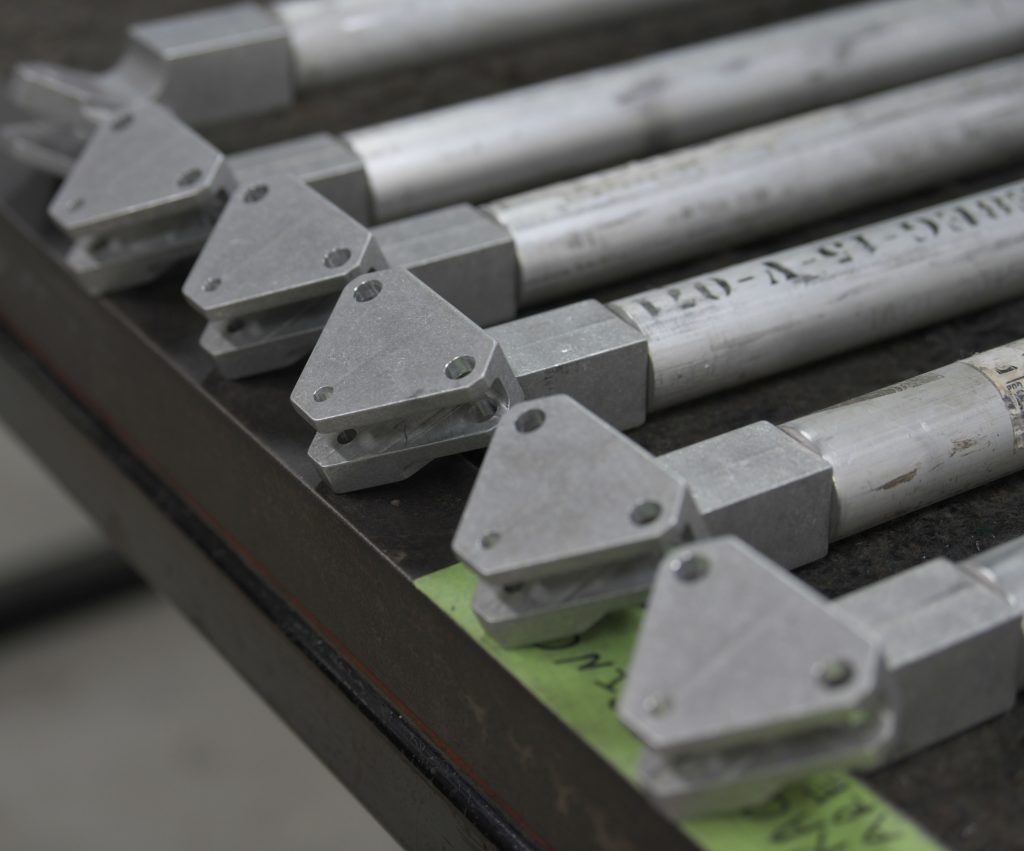
USAF photo by Airman First Class Rebeckah Medeiros, 23JUL2020.
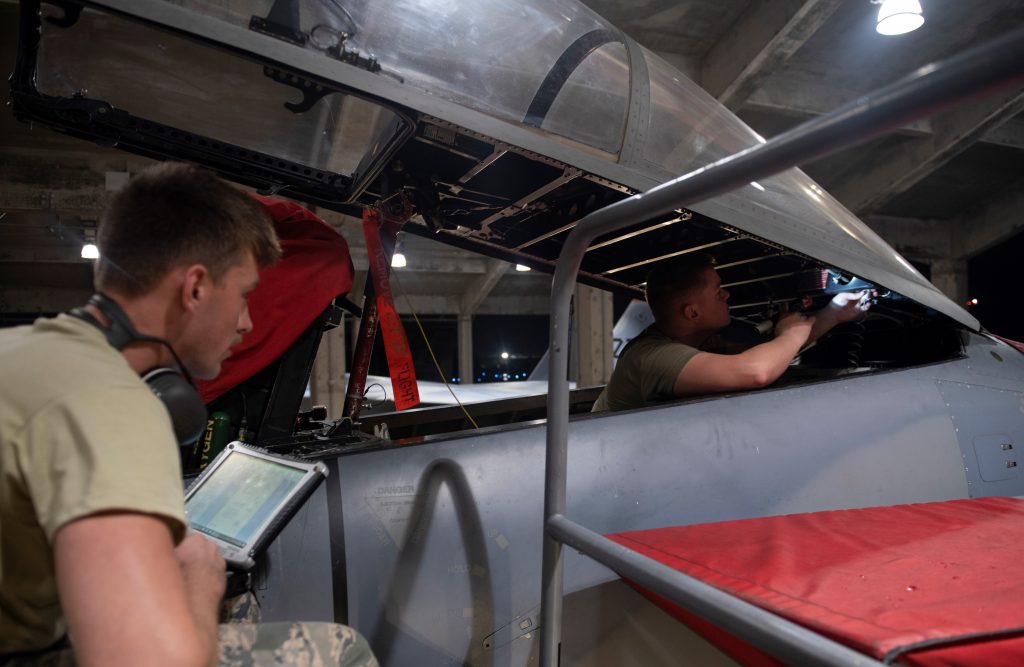
USAF photo by Technical Sergeant Matthew B. Fredericks, 19SEP2019.
Canopy inspection on F-15C, Kadena AB, September 2019.
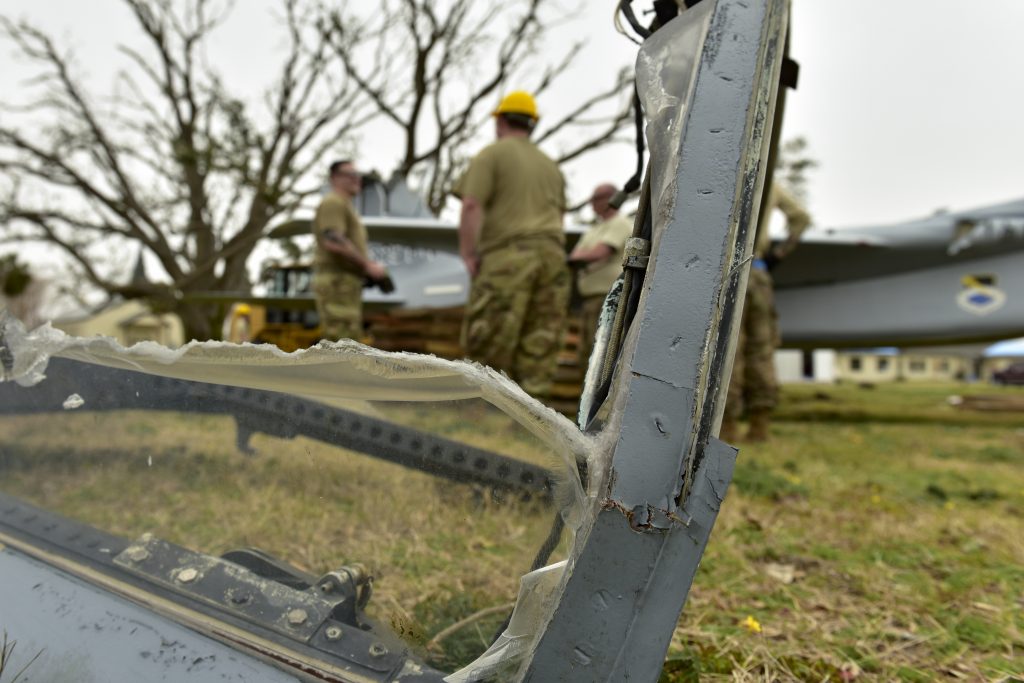
USAF photo by Staff Sergeant Alexandre Montes.
What’s left of a F-15 ‘gate guard’ canopy after 2018’s Hurricane Michael hit Tyndall AFB, Florida. (Photo taken in February 2019)
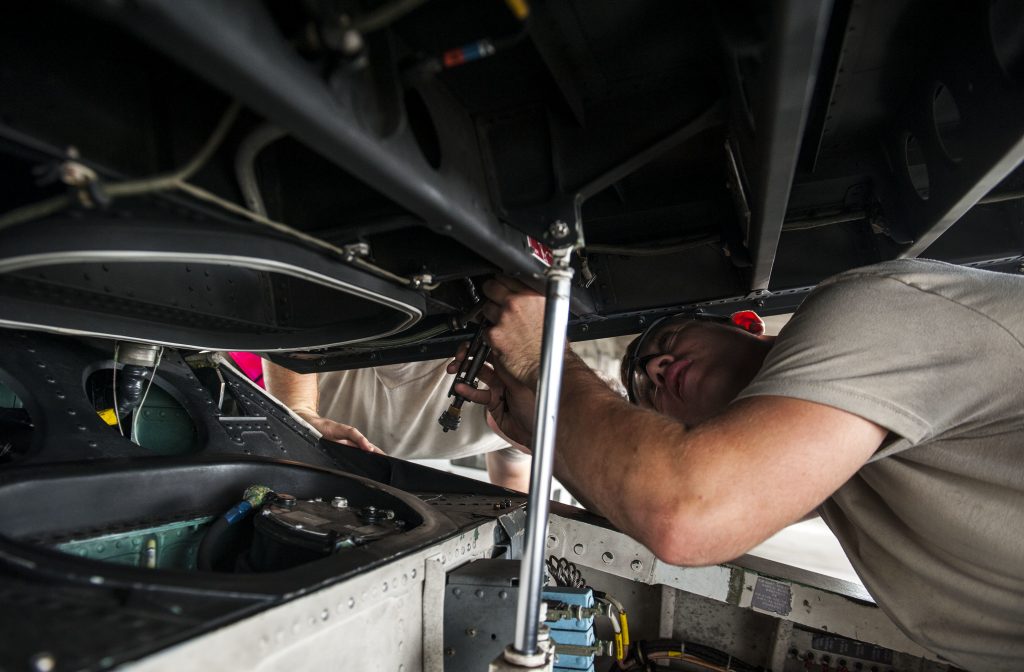
USAF photo by Naoto Anazawa, 24OCT2018.
Under the canopy, Kadena AB, October 2018.
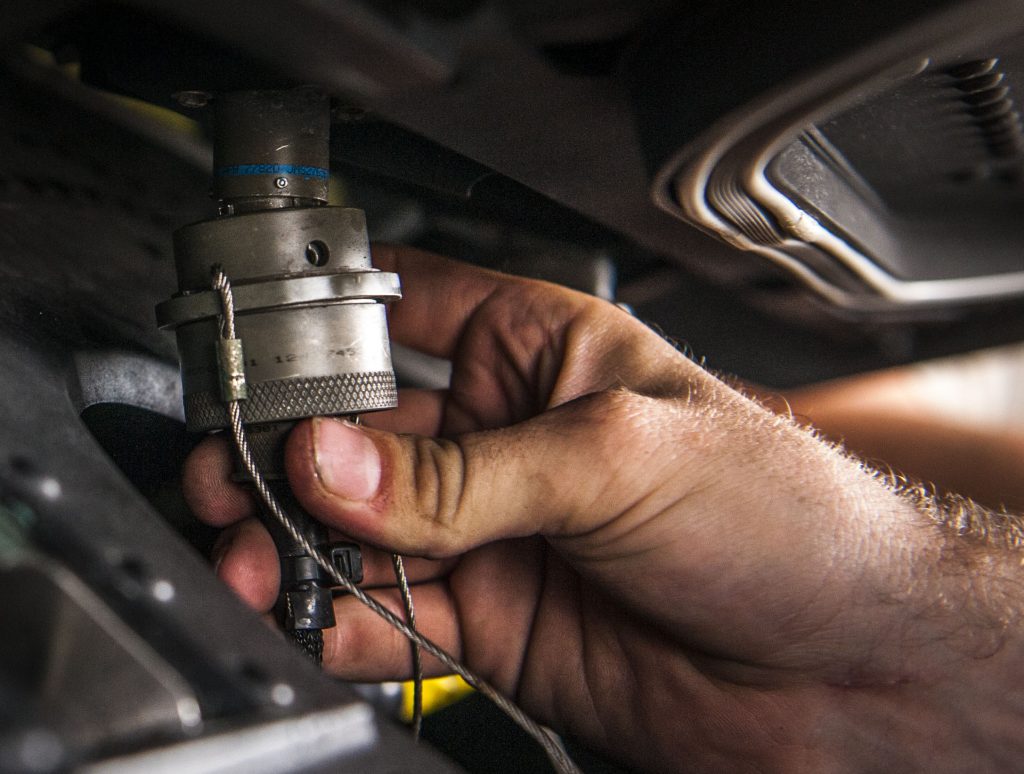
USAF photo by Naoto Anazawa, 24OCT2018.
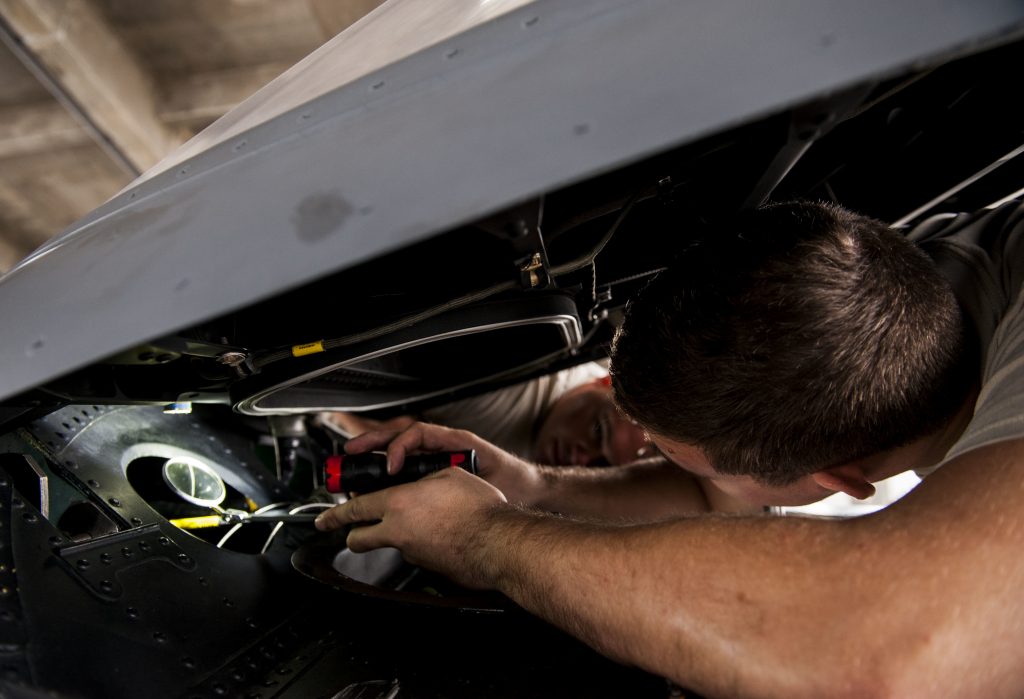
USAF photo by Naoto Anazawa, 24OCT2018.

Oregon Air National Guard photo by Master Sergeant Jennifer Shirar.
An Oregon Air National Guard F-15, from the 173rd Fighter Wing. minus its canopy during phased inspection, October 2014.
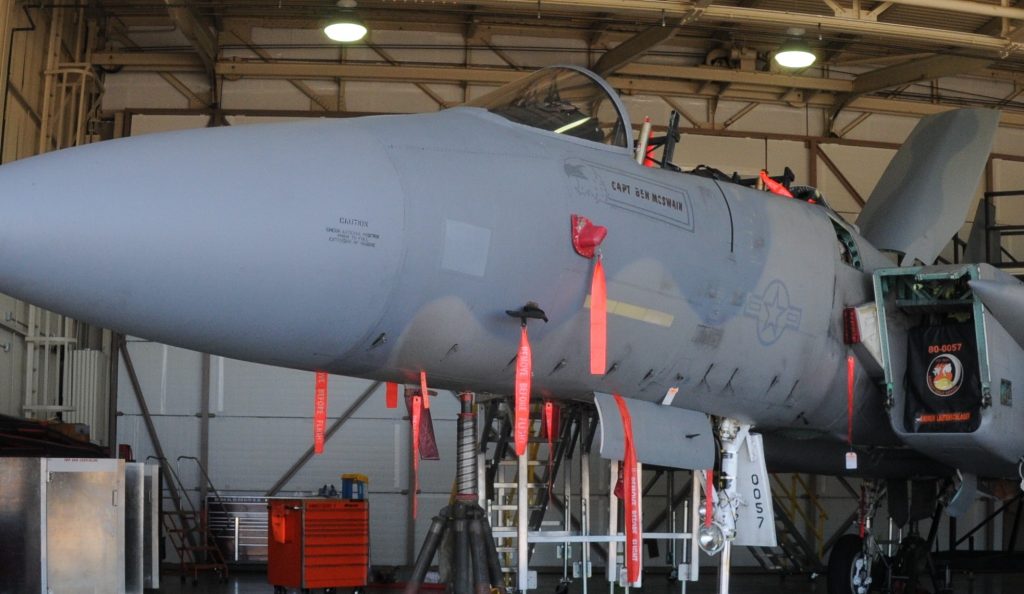
Oregon ANG photo by Master Sergeant Jennifer Shirar.
Vehicle I-D: IDAHO’S TIGERS & THUNDERBOLTS BLAST THE SKIES OVER FLORIDA!
Vehicle I-D: F-15EX HAS ARRIVED! COMMANDER SAYS “IT’S AN EX-CITING DAY!”
Vehicle I-D: KADENA EAGLE
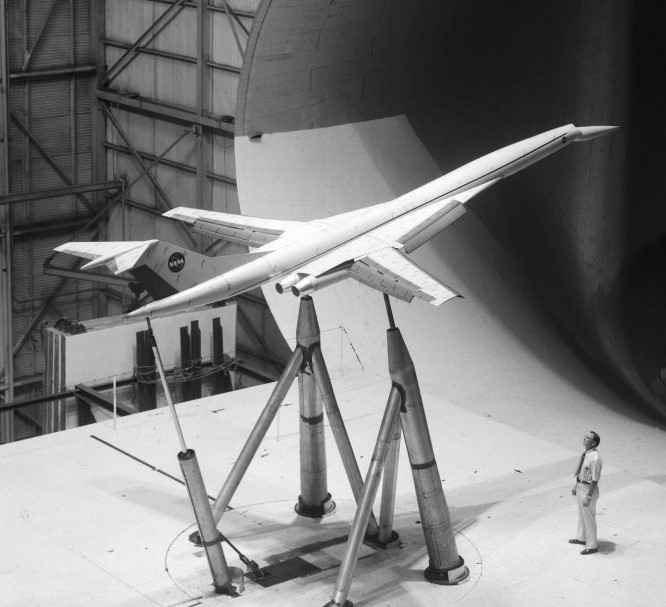
1:1 SCALE WIND TUNNEL MODELS?

